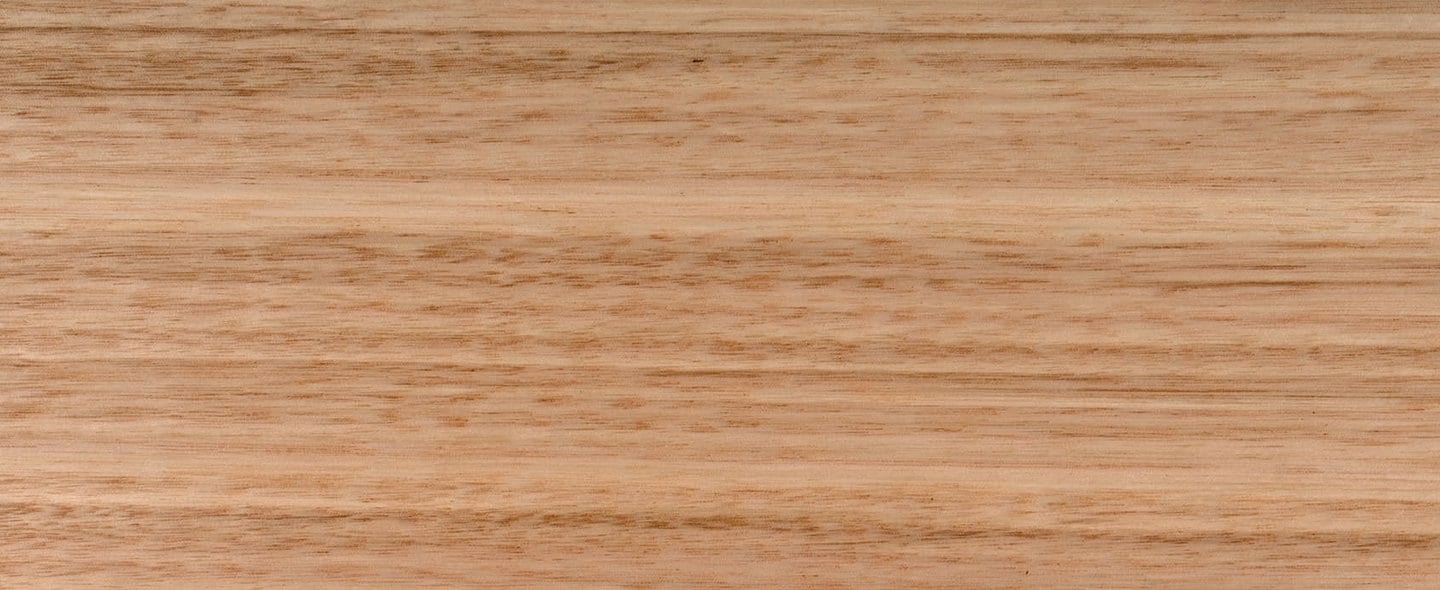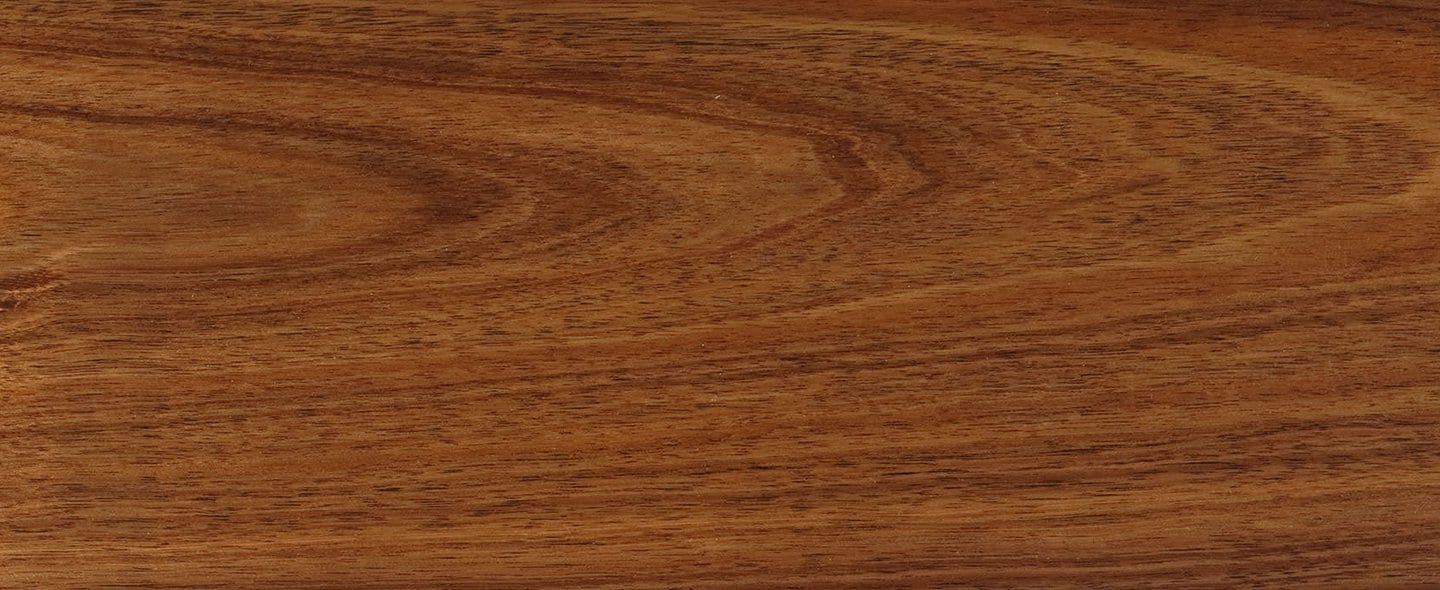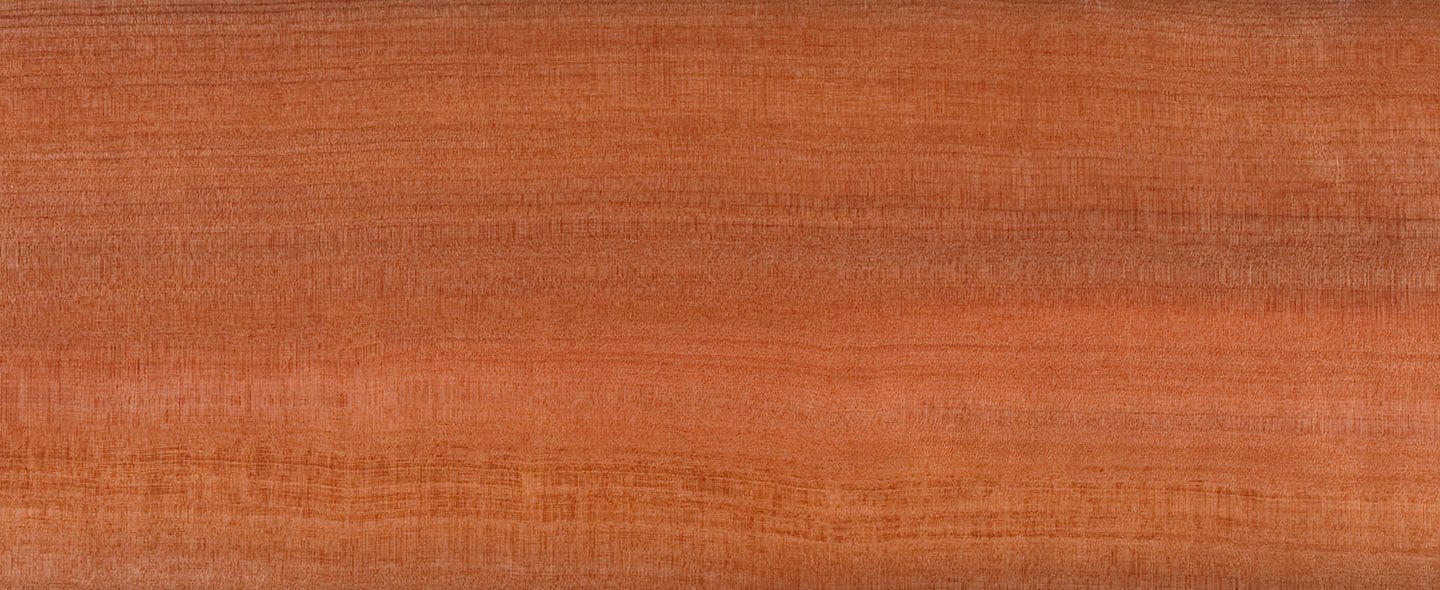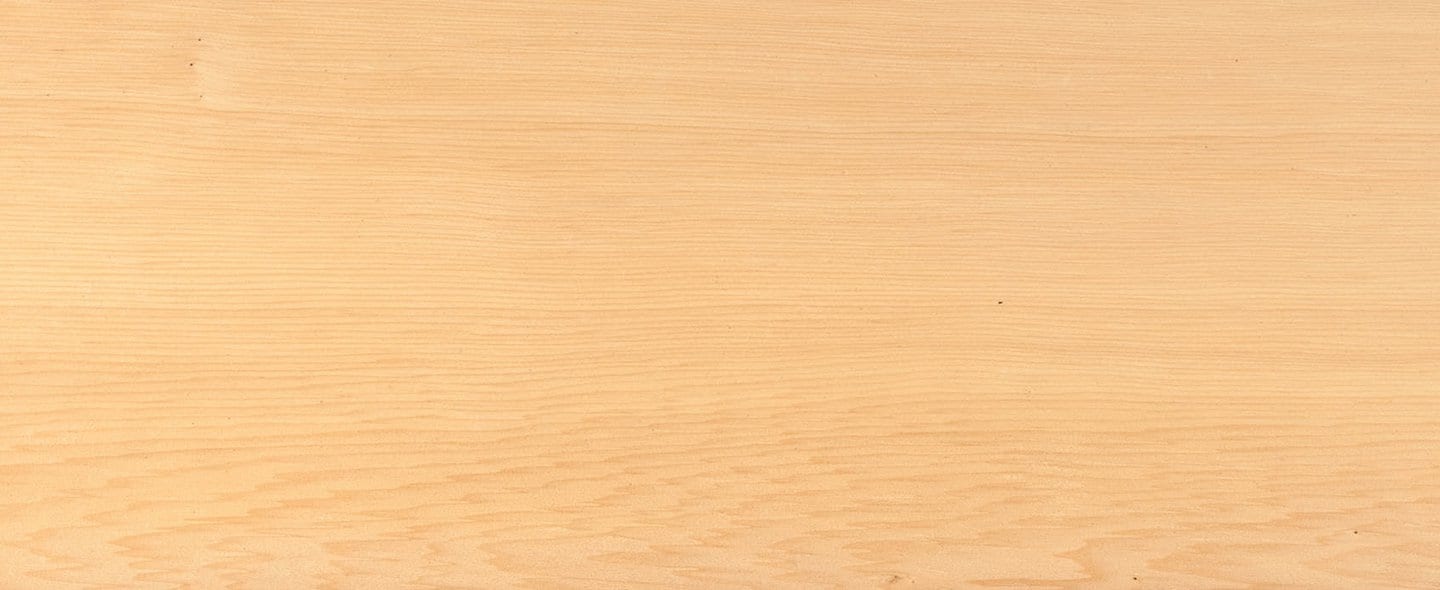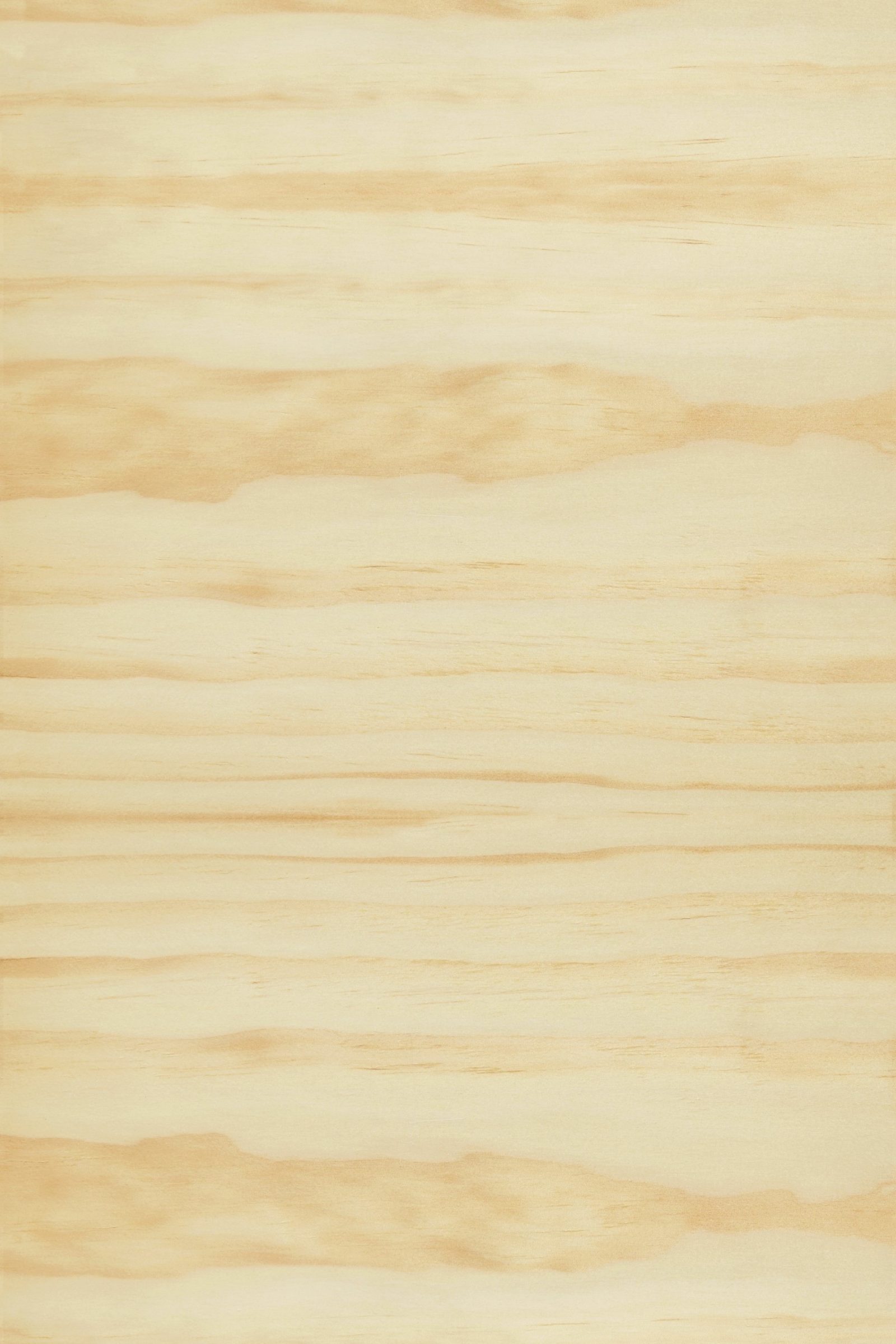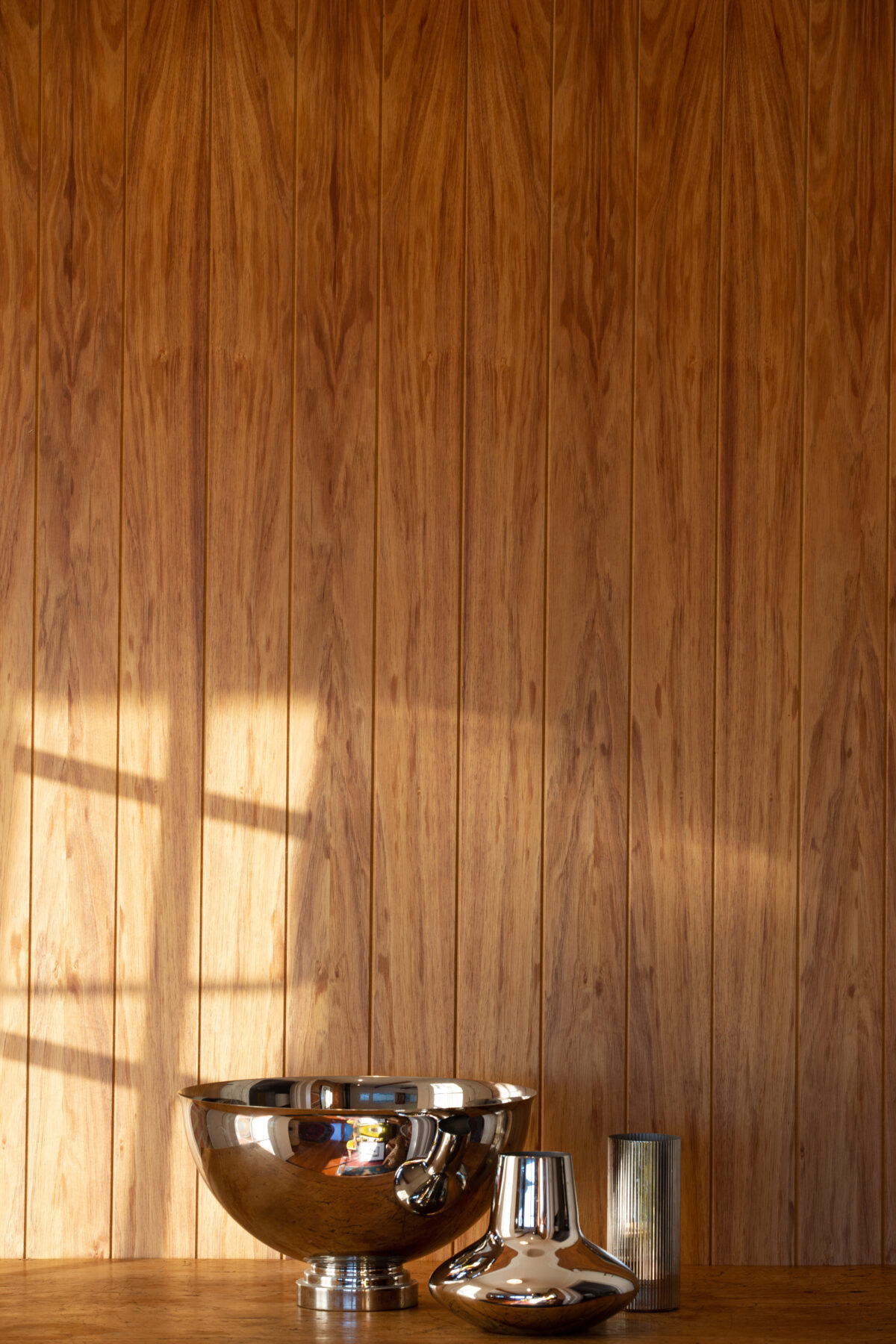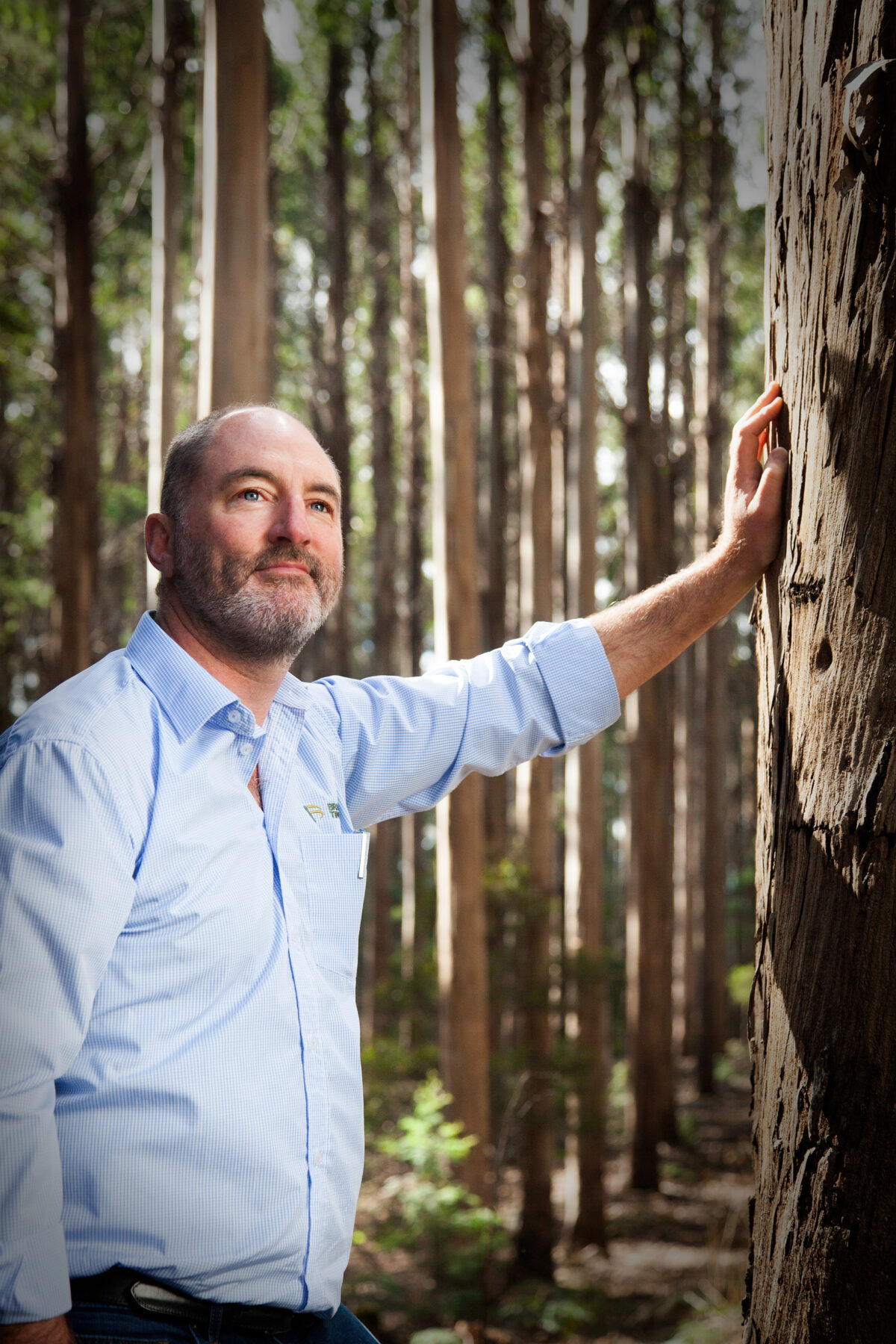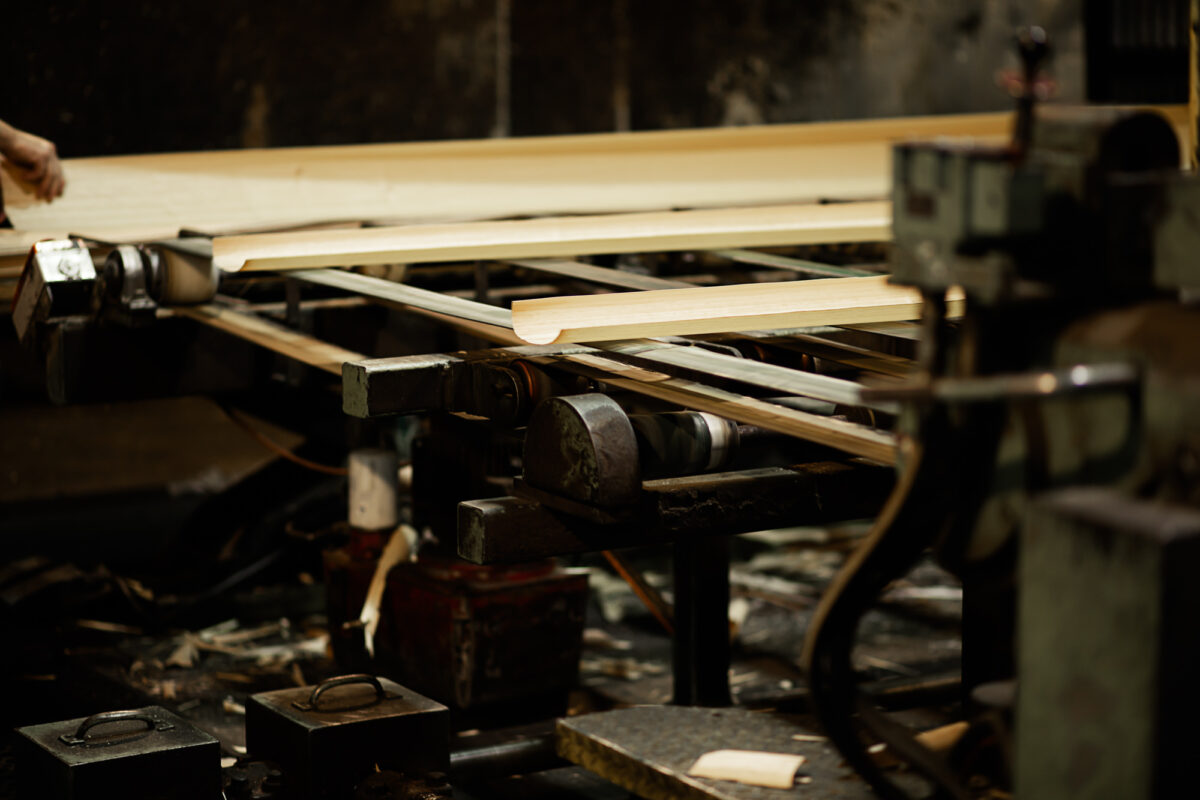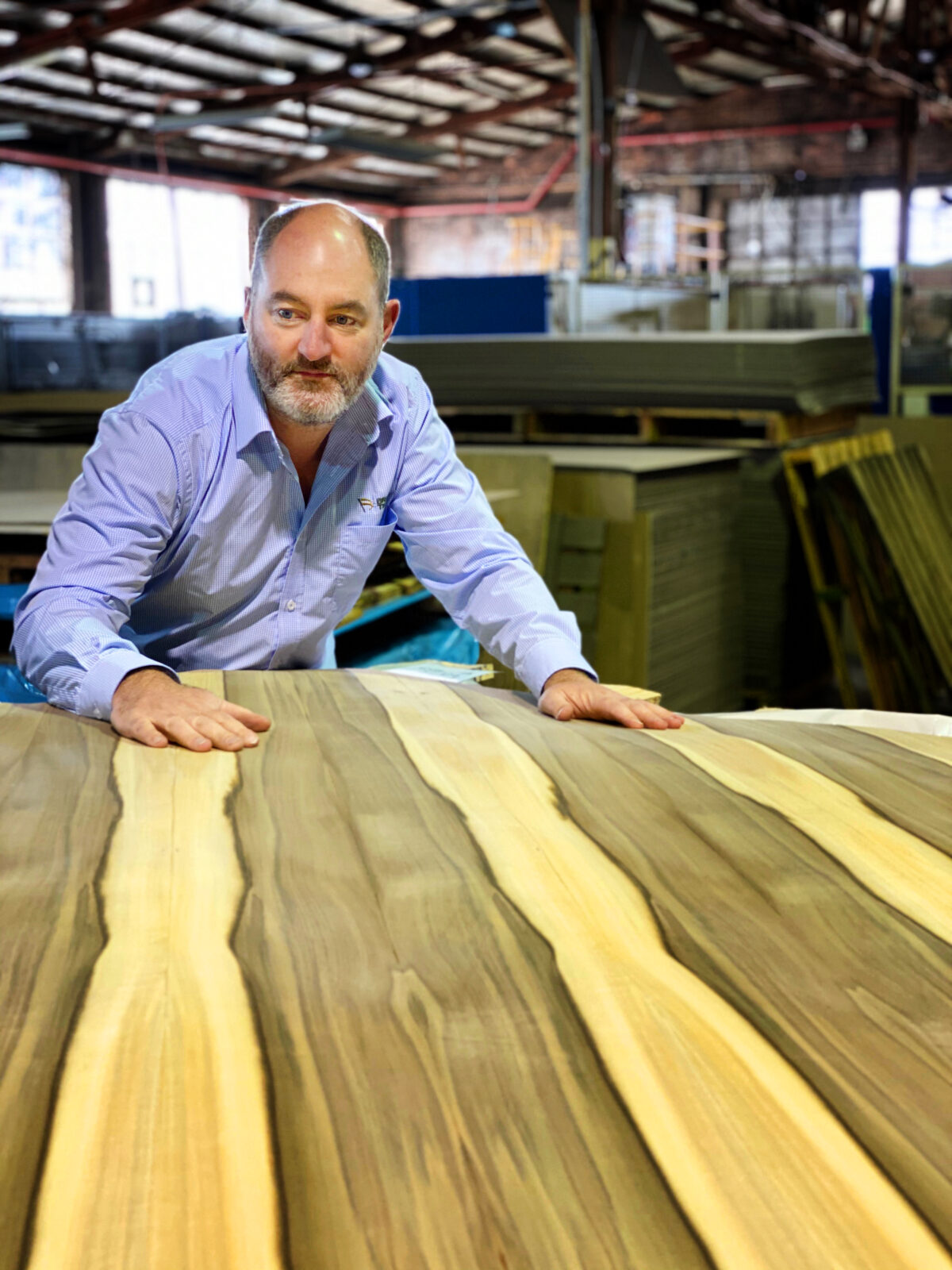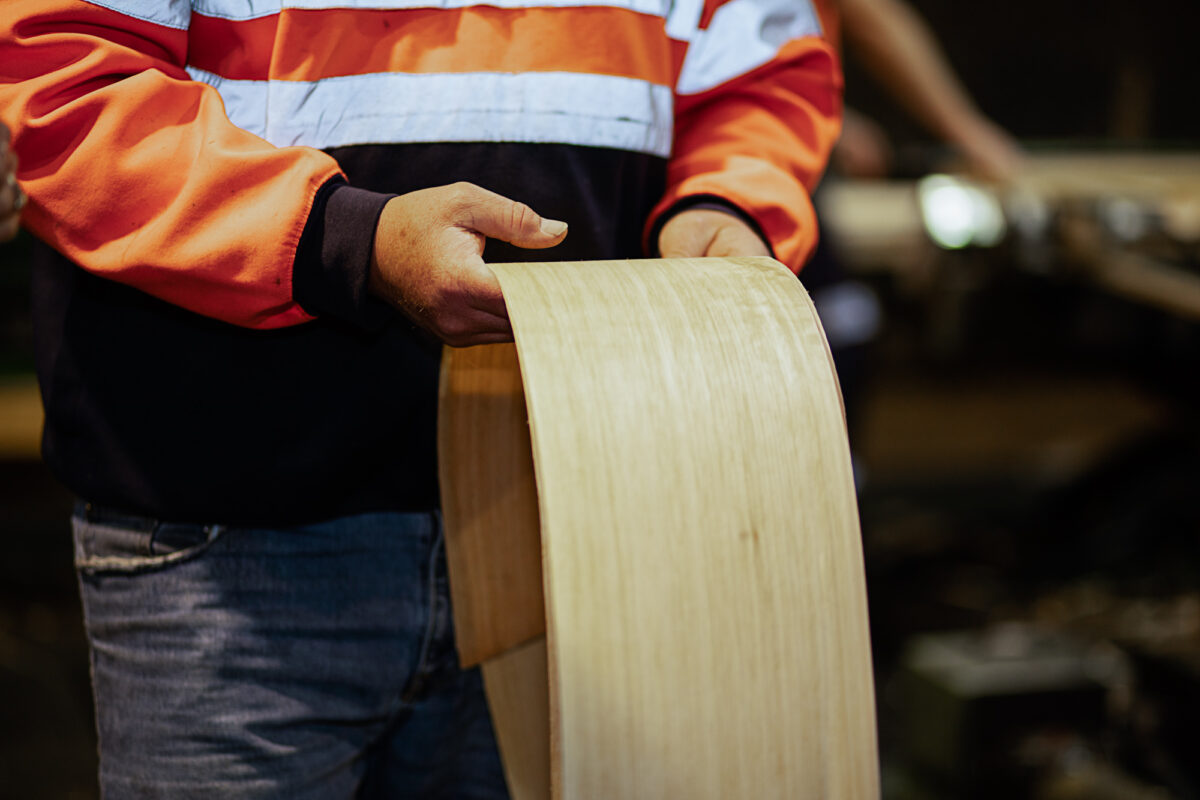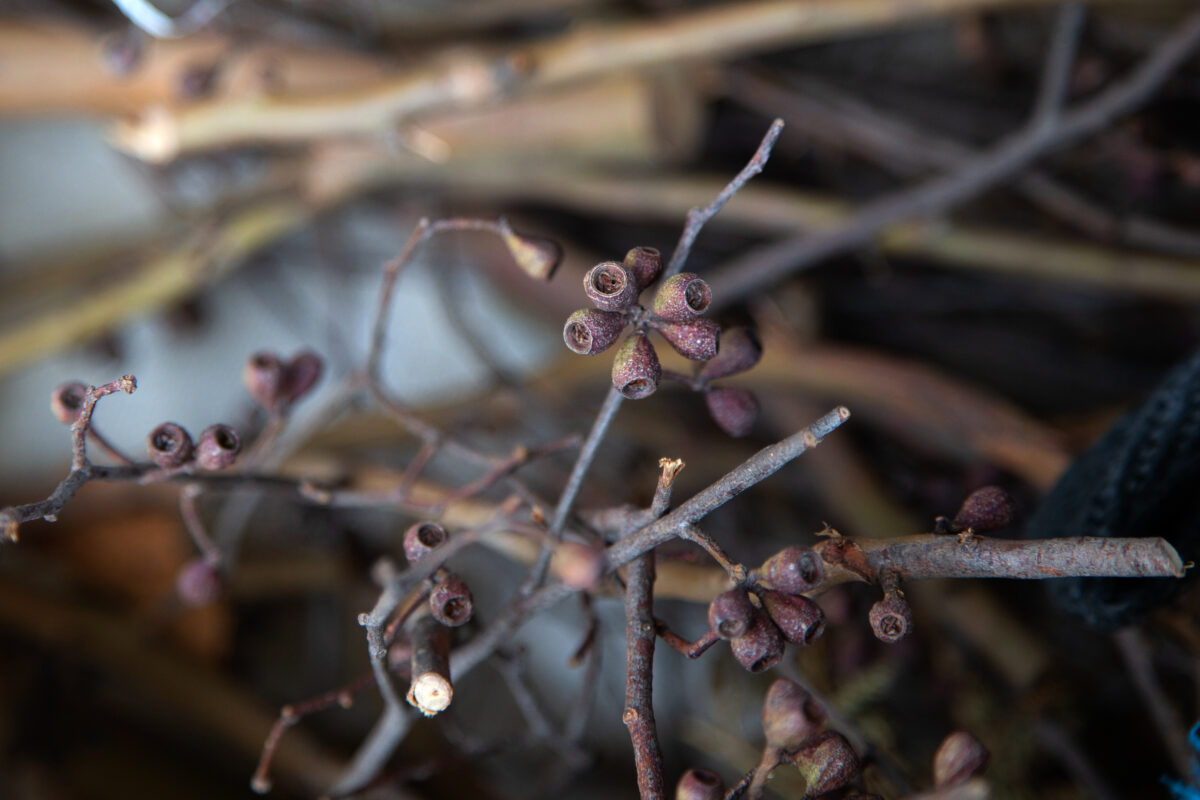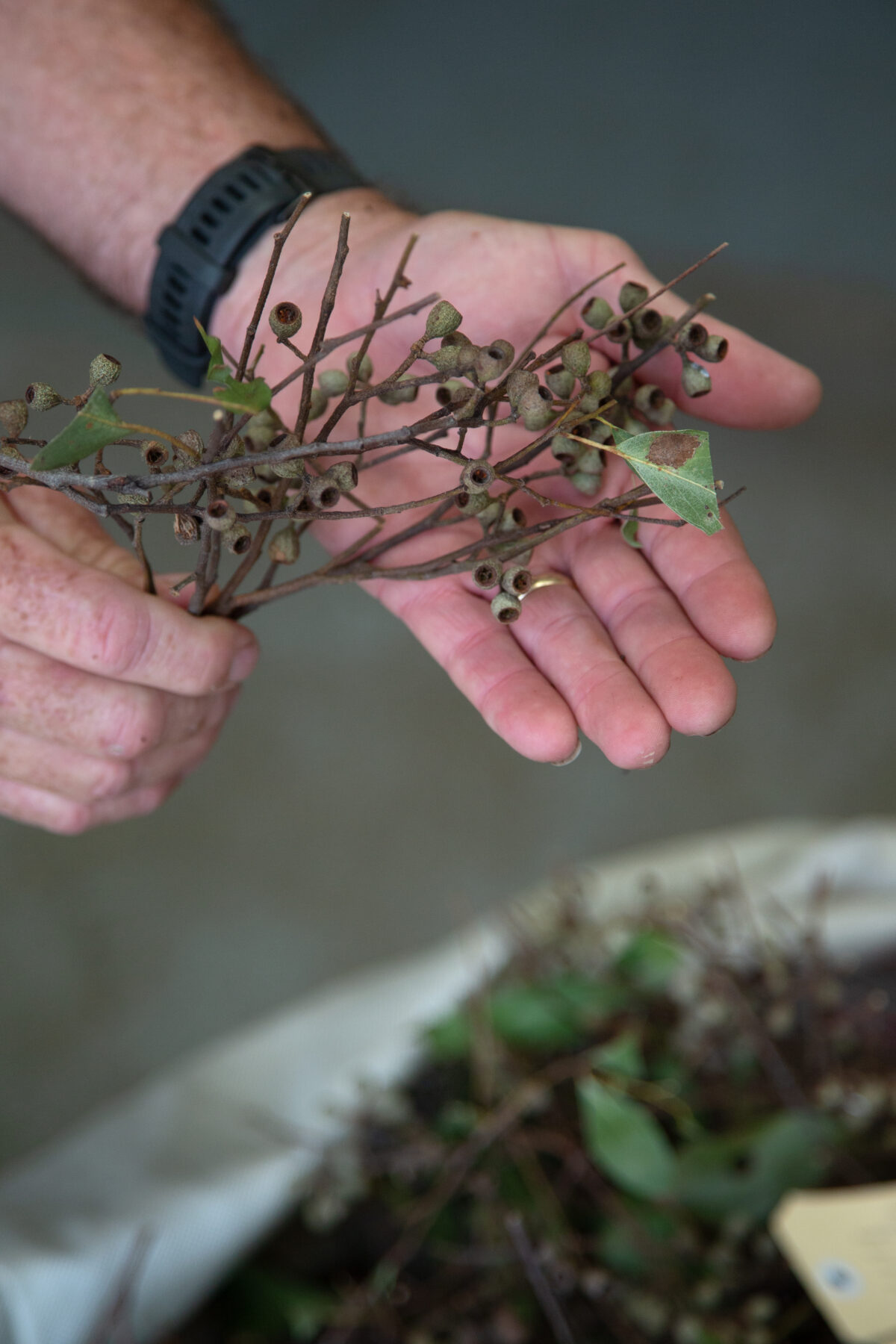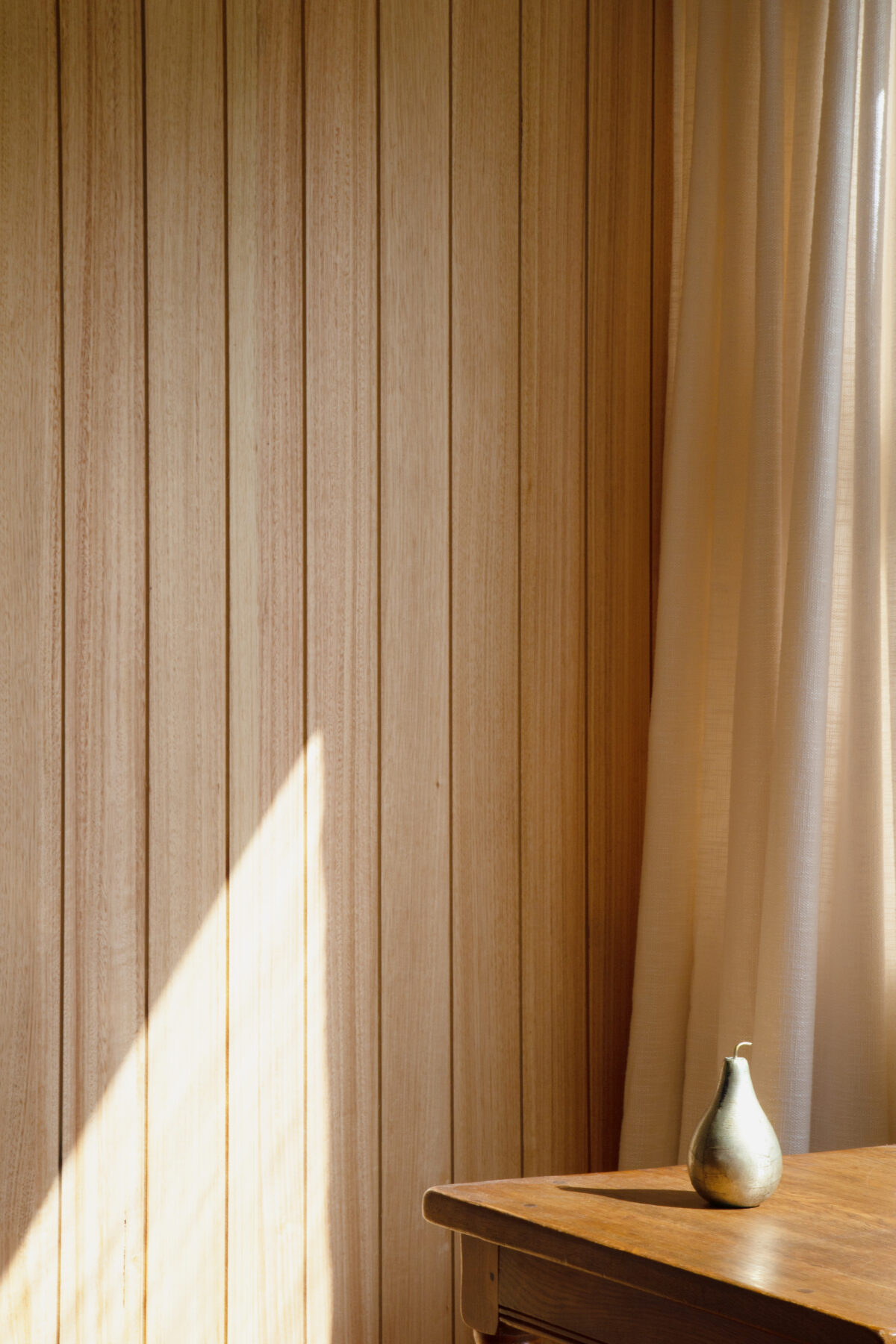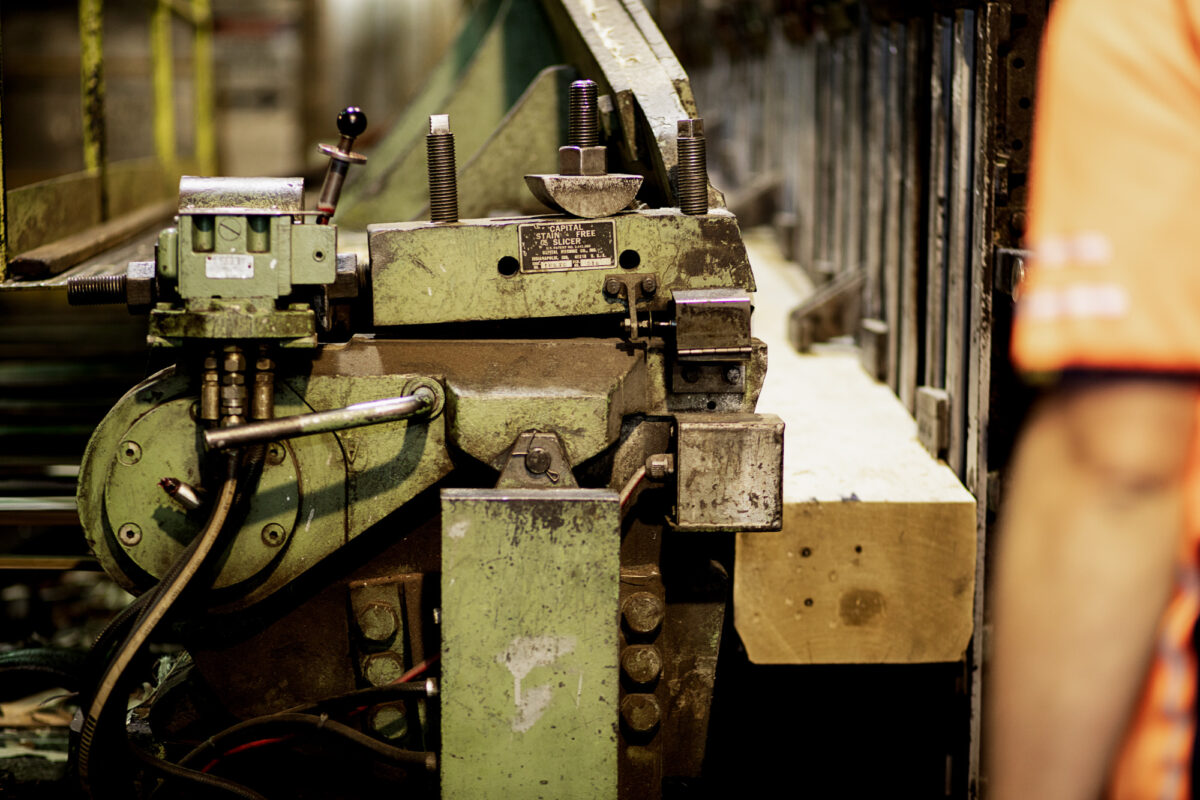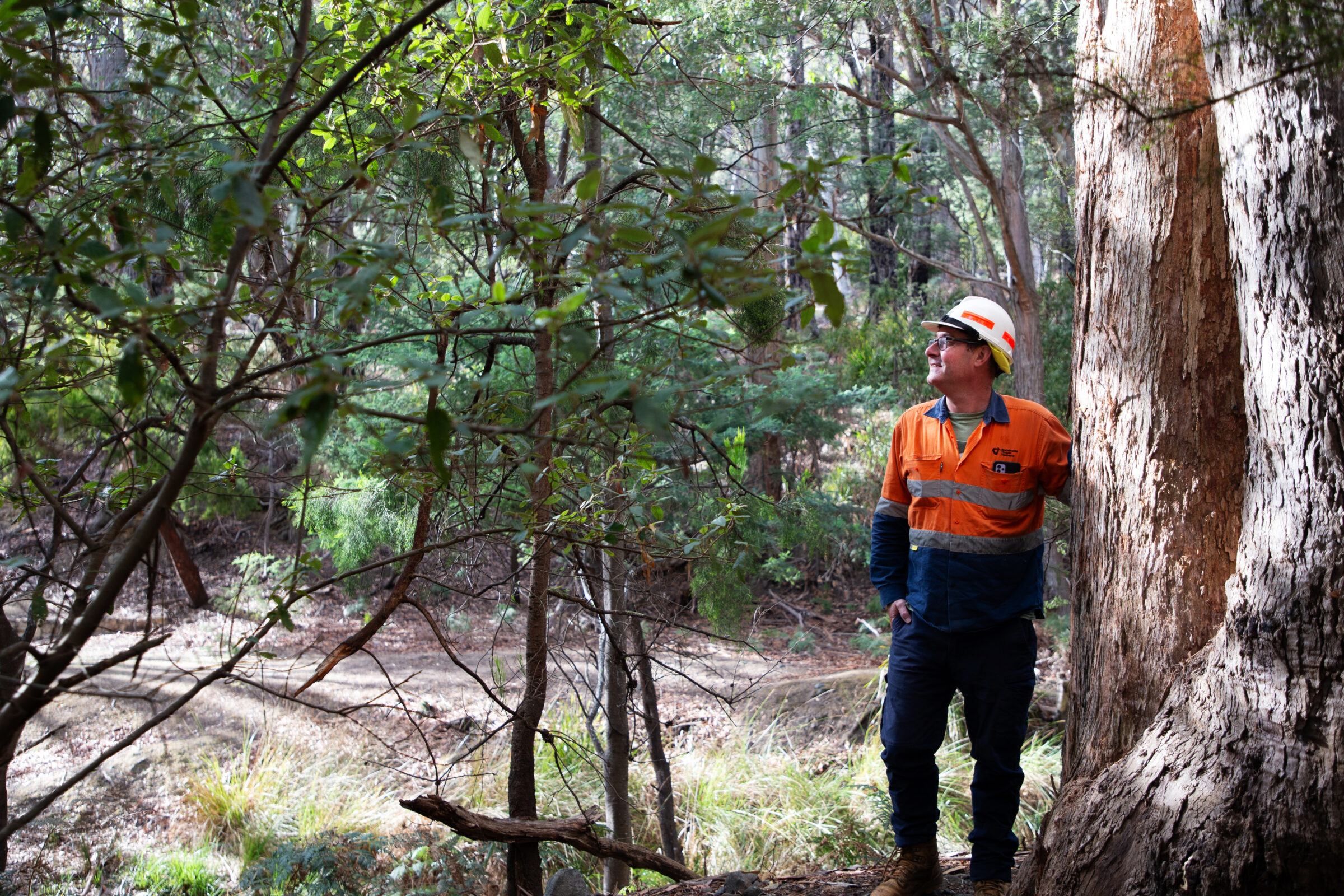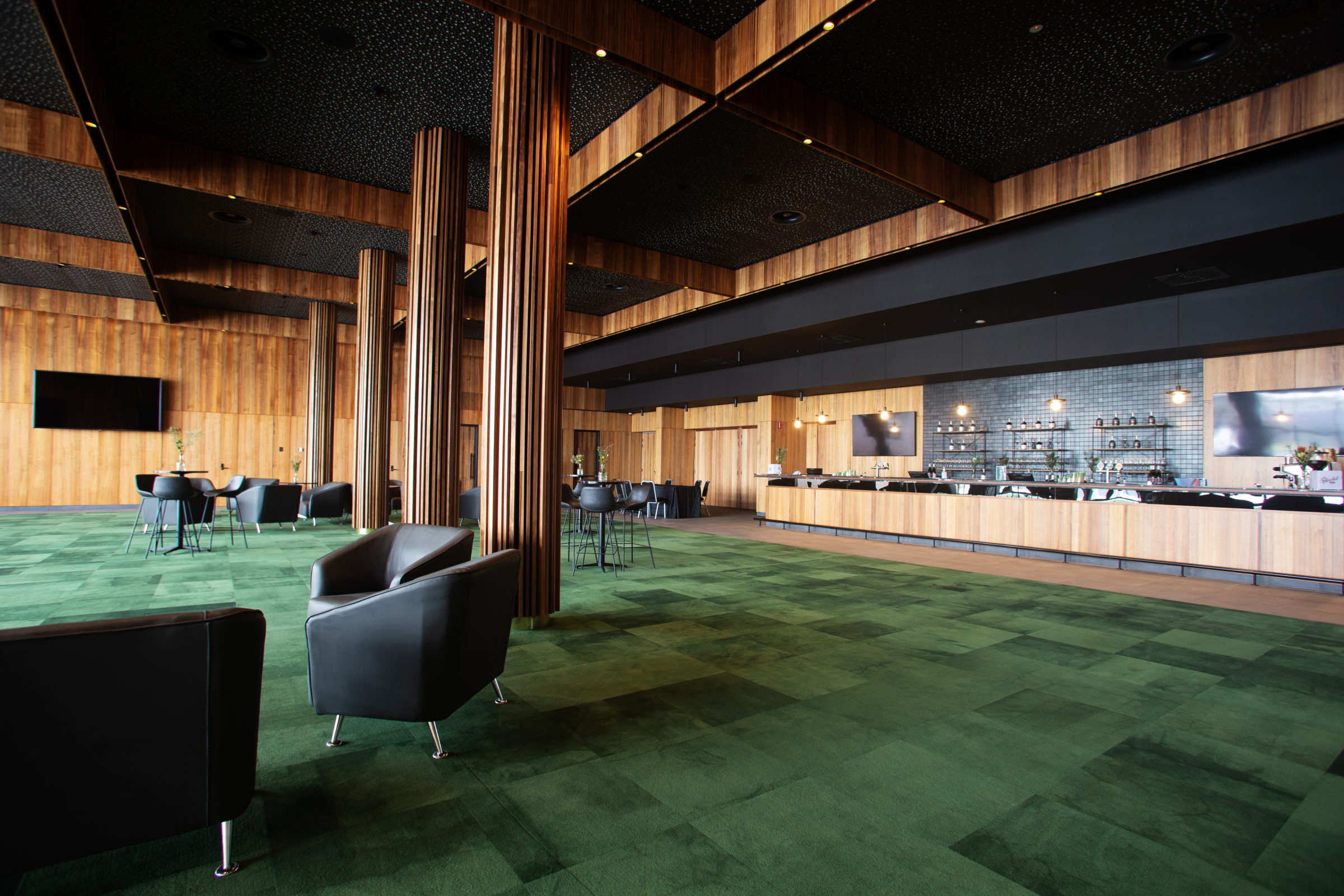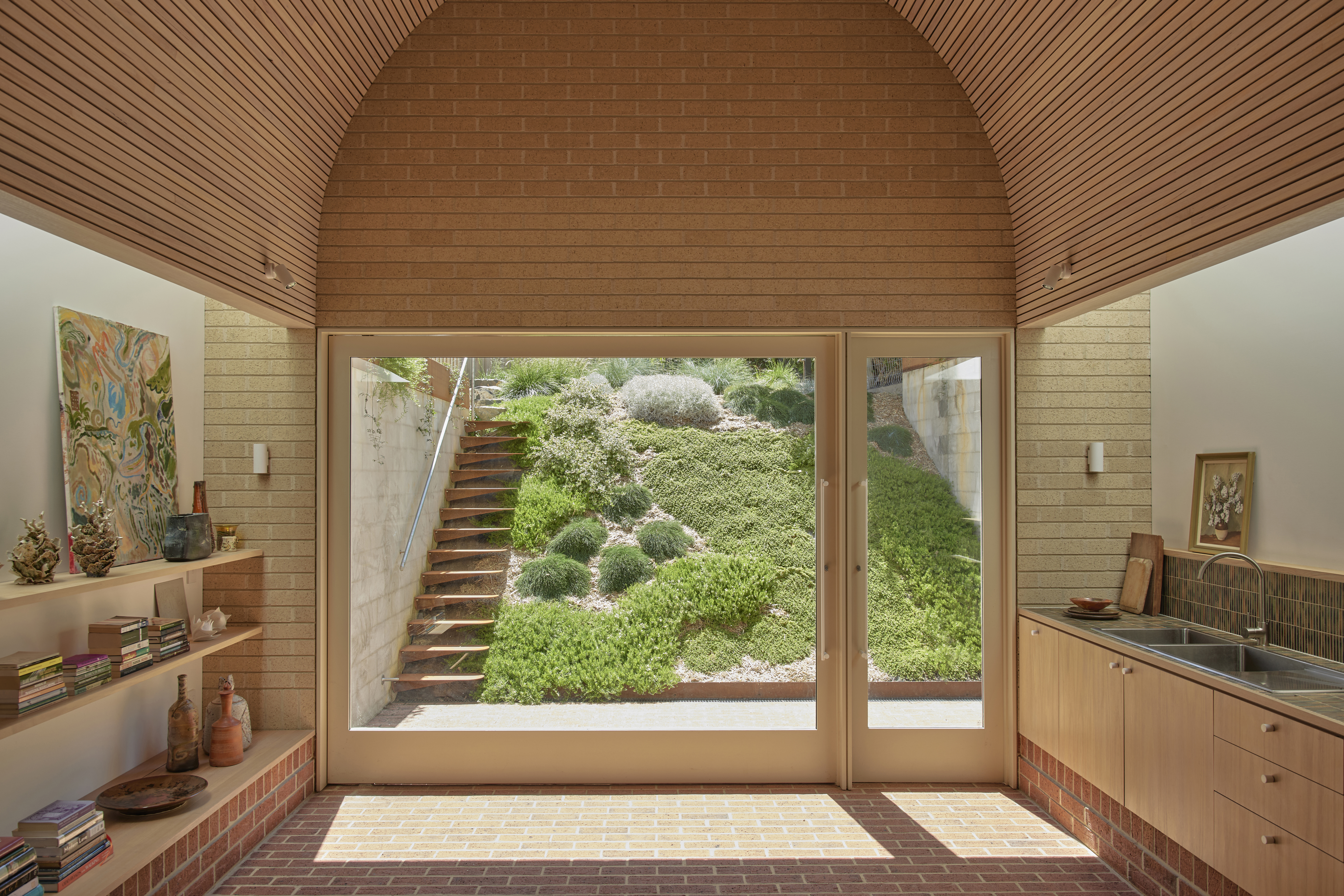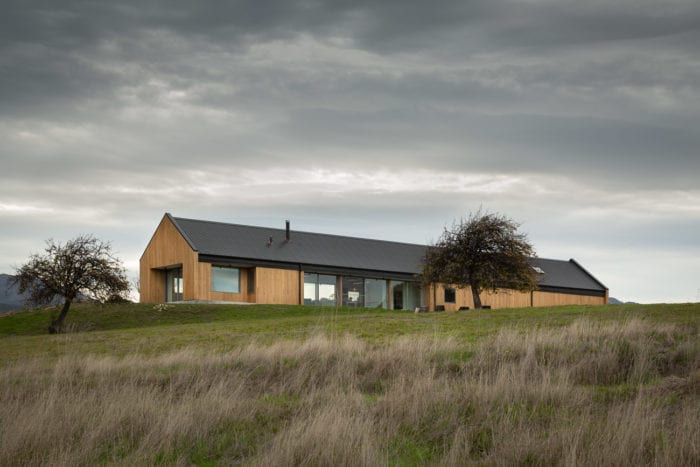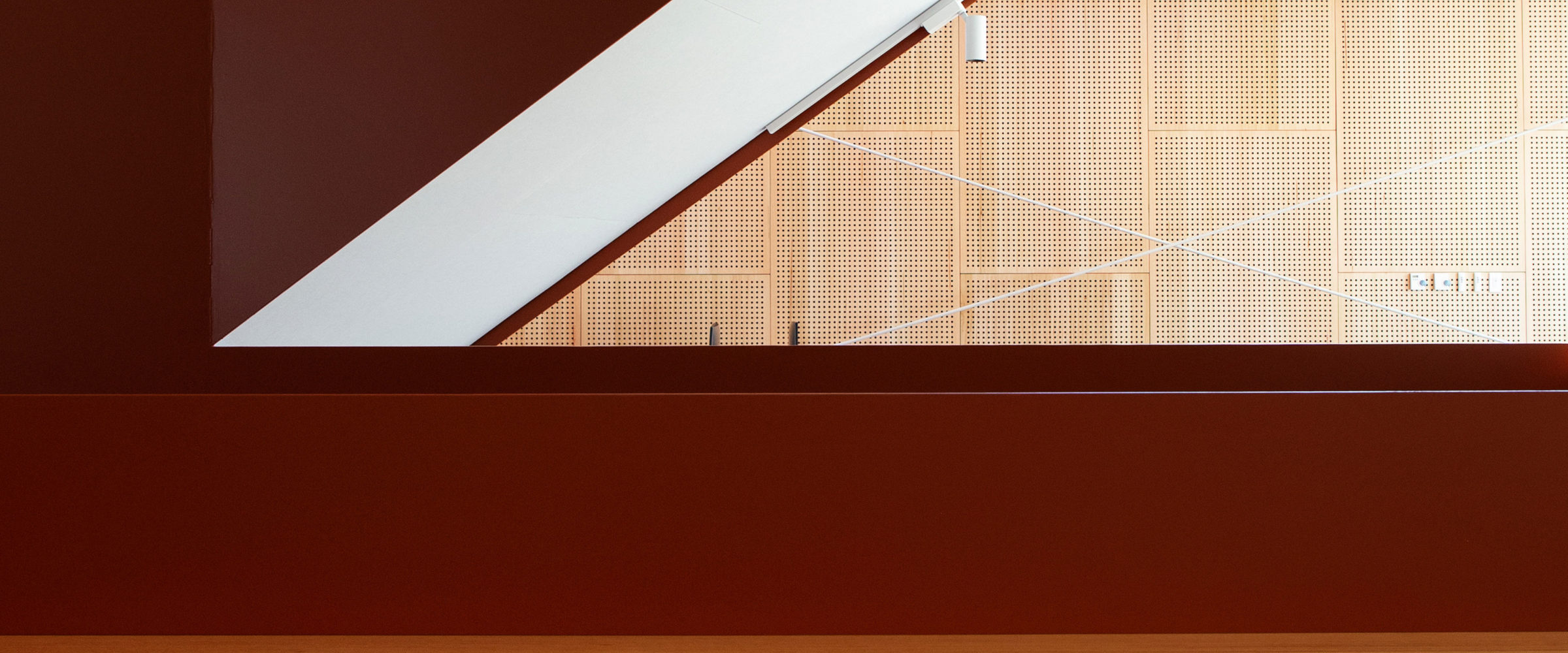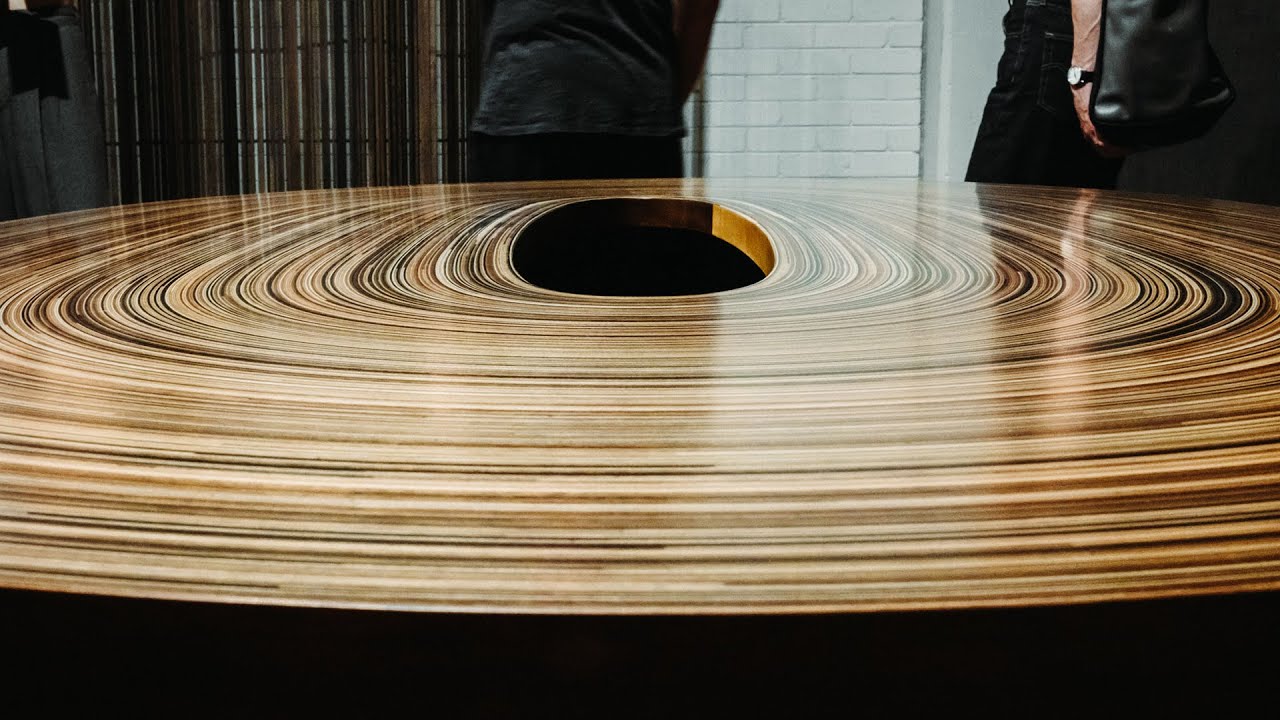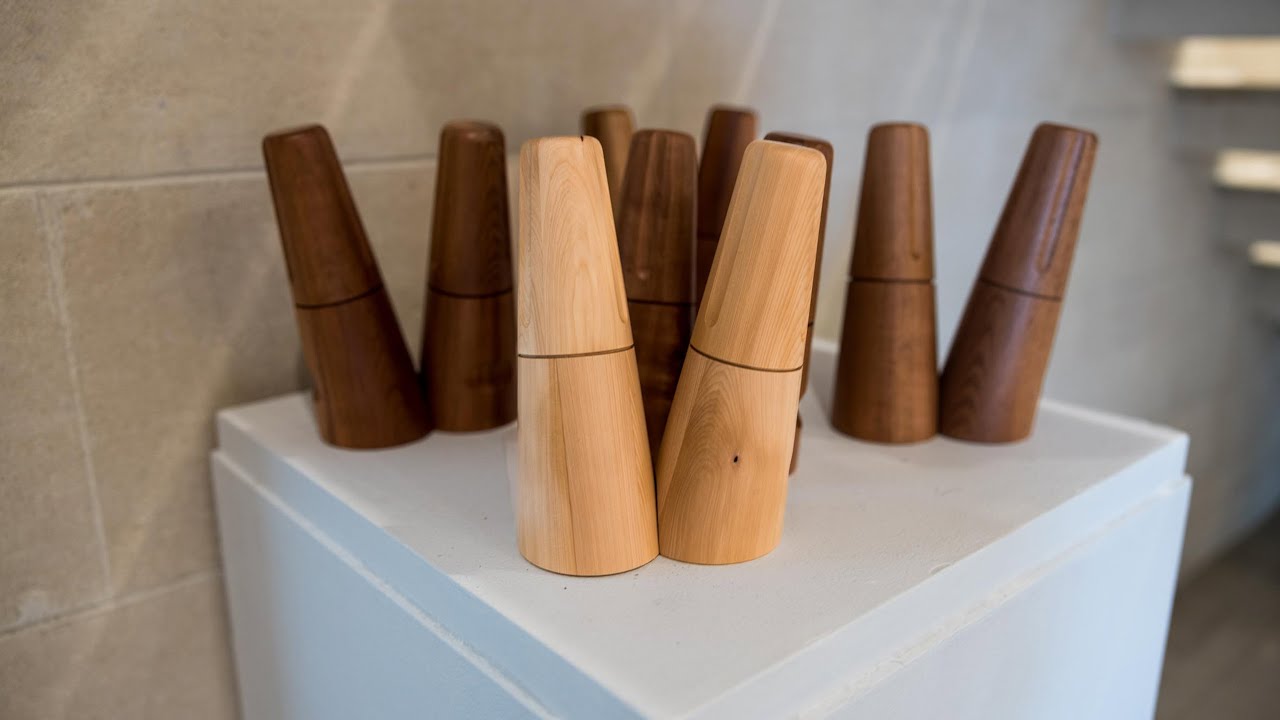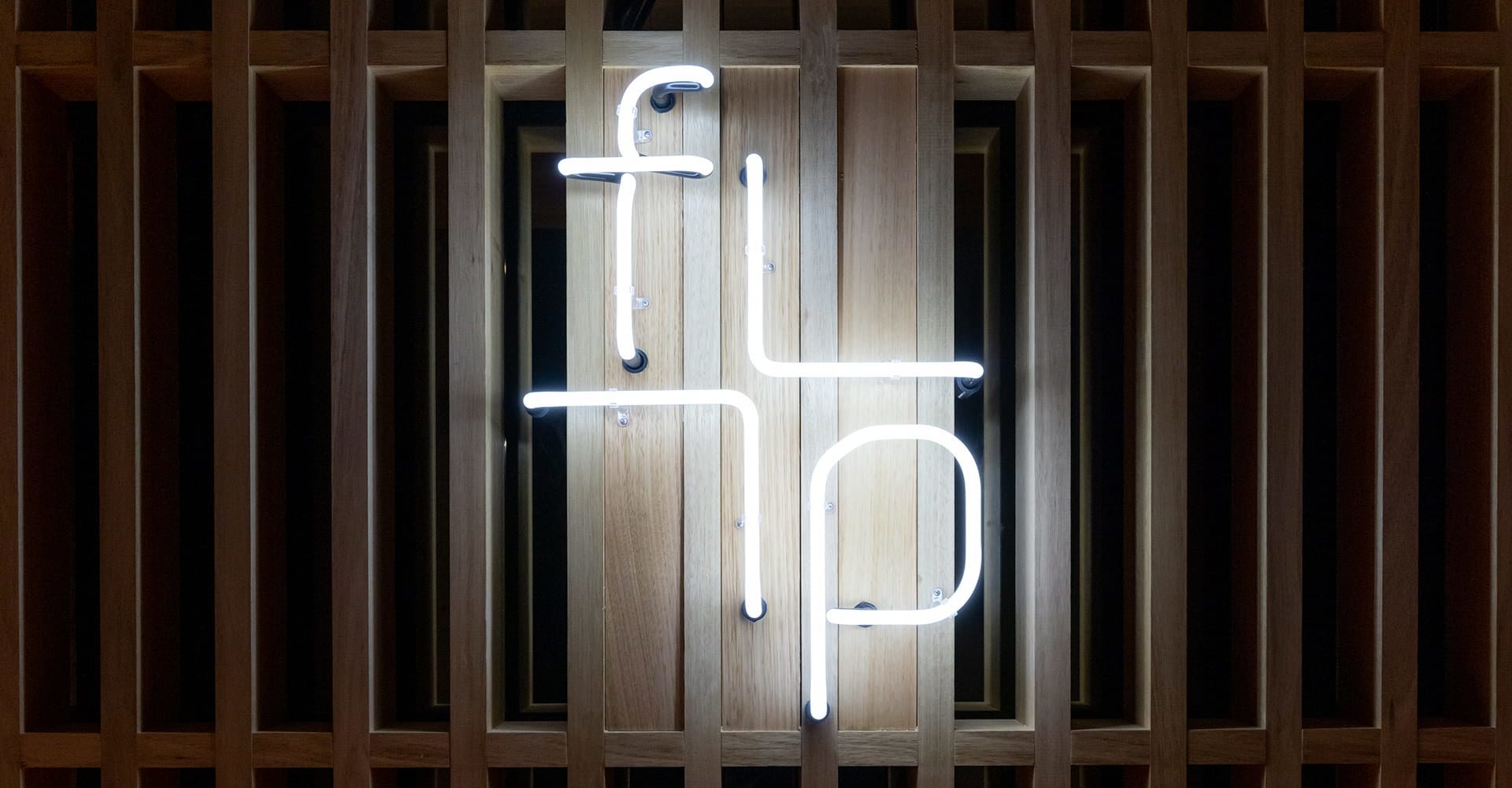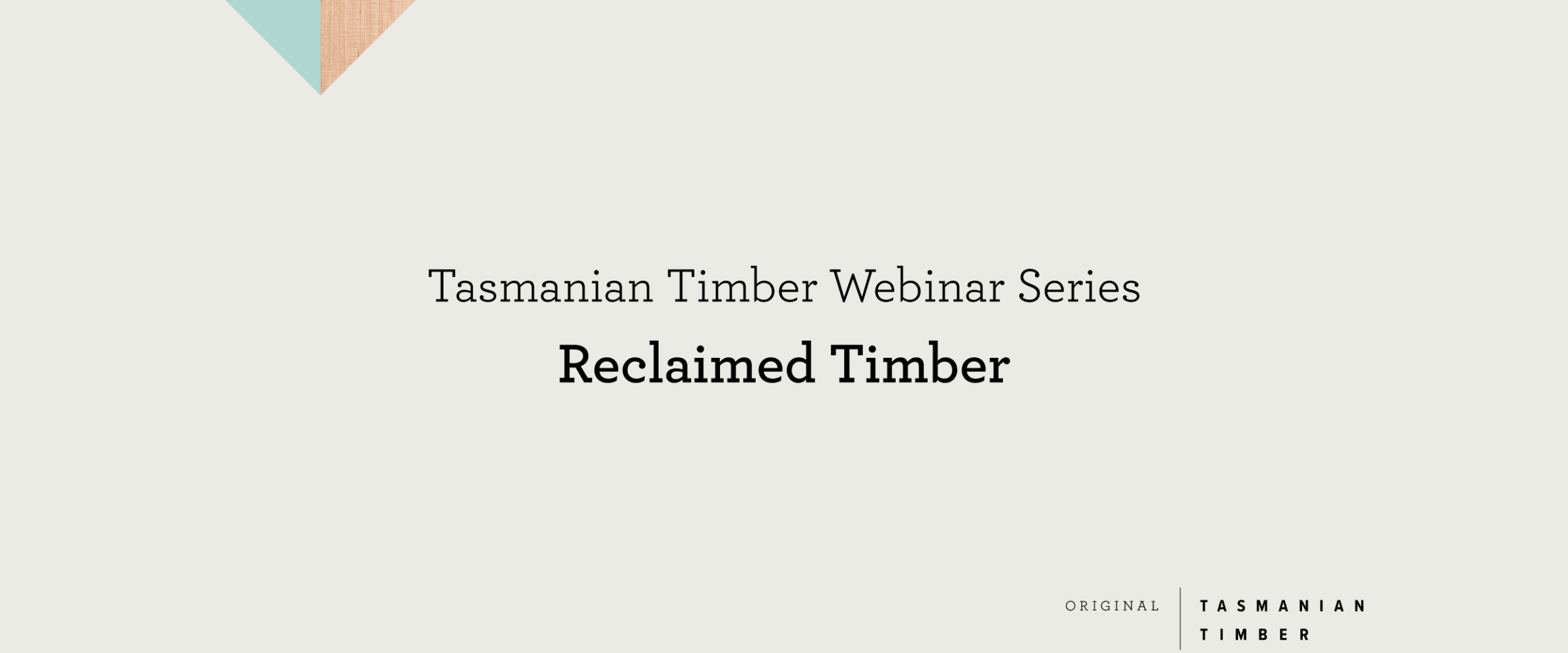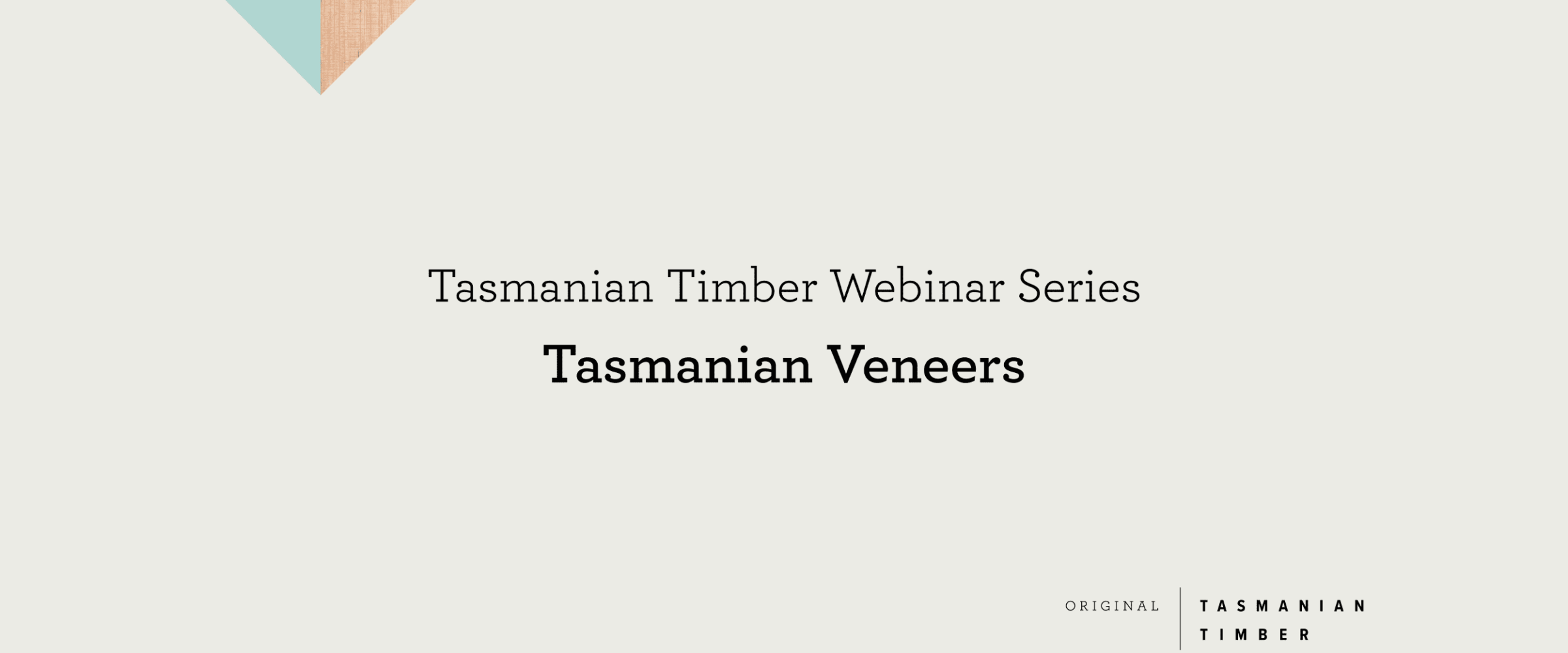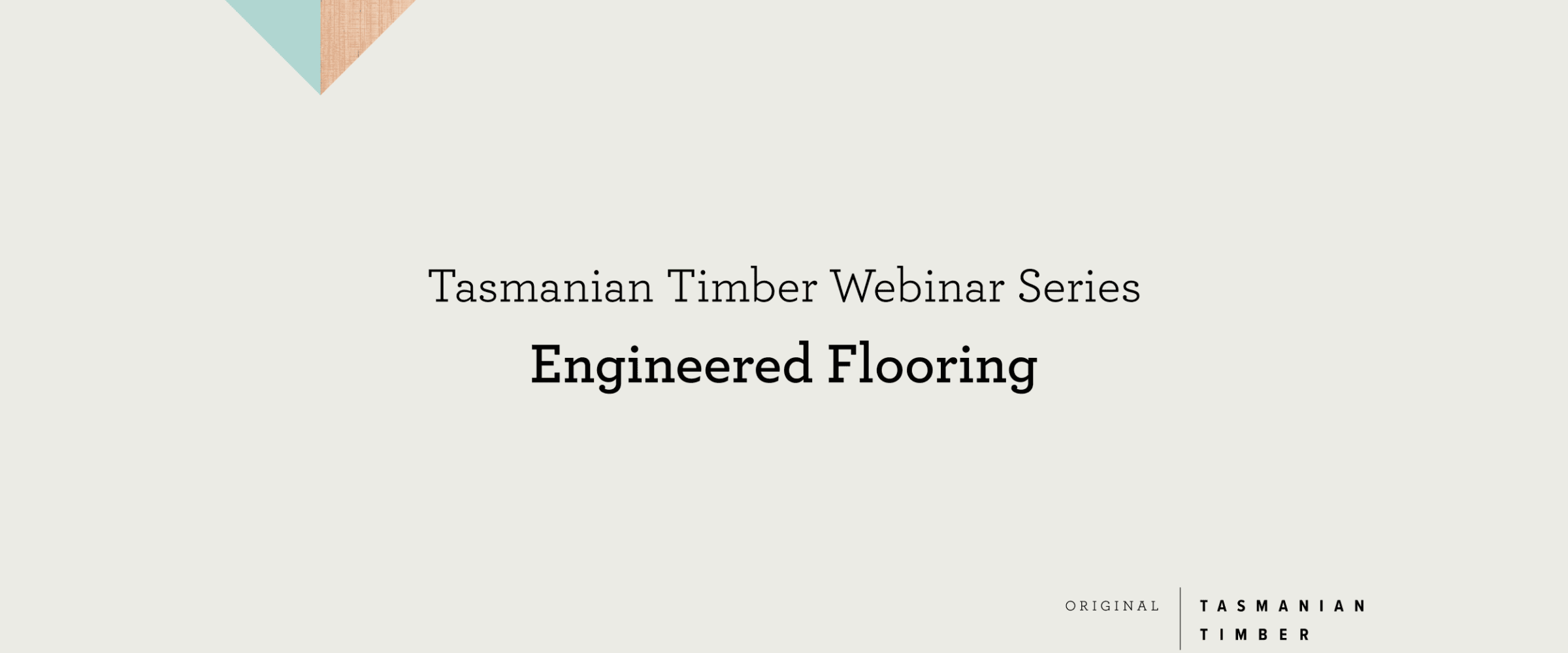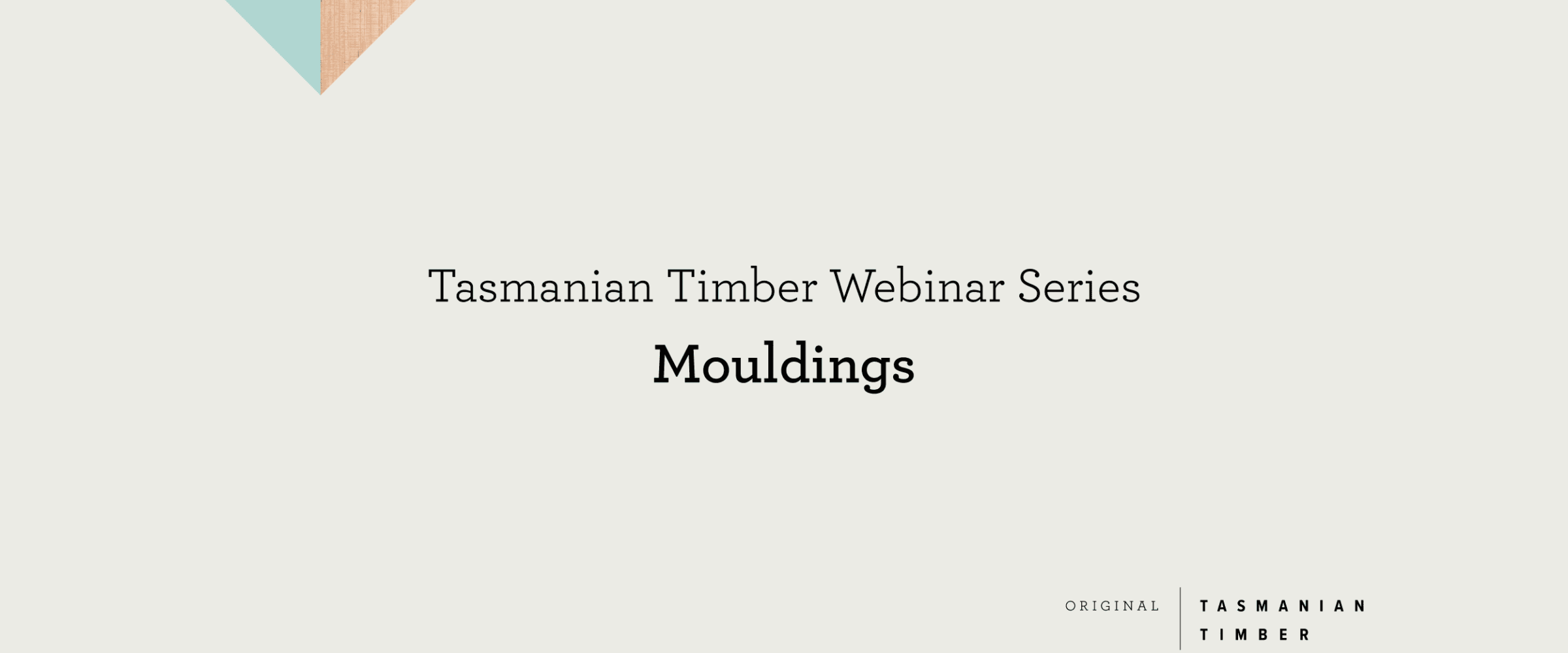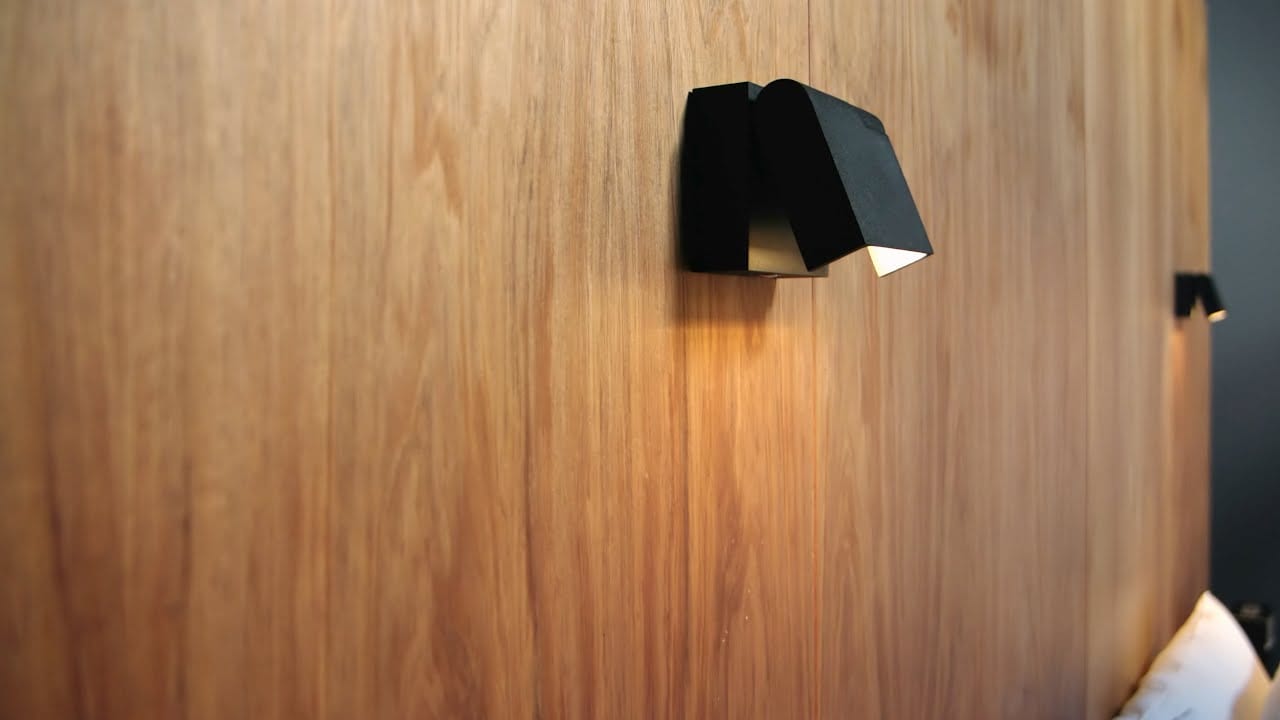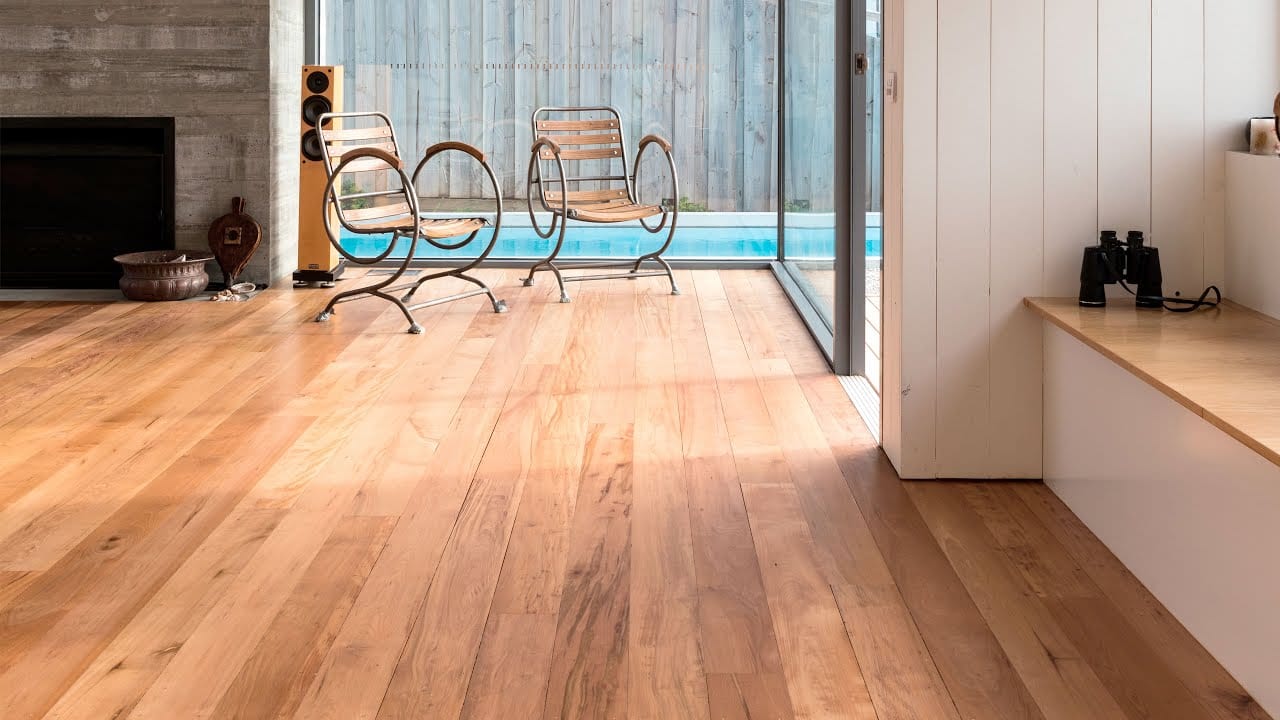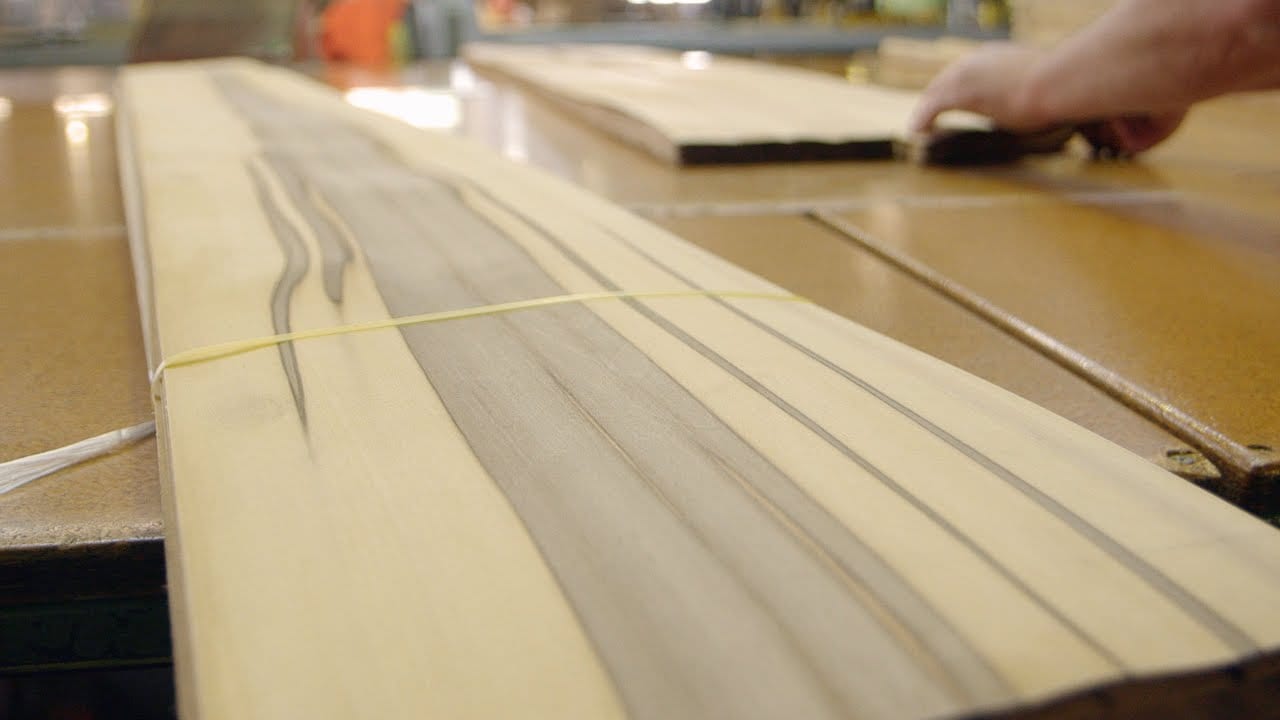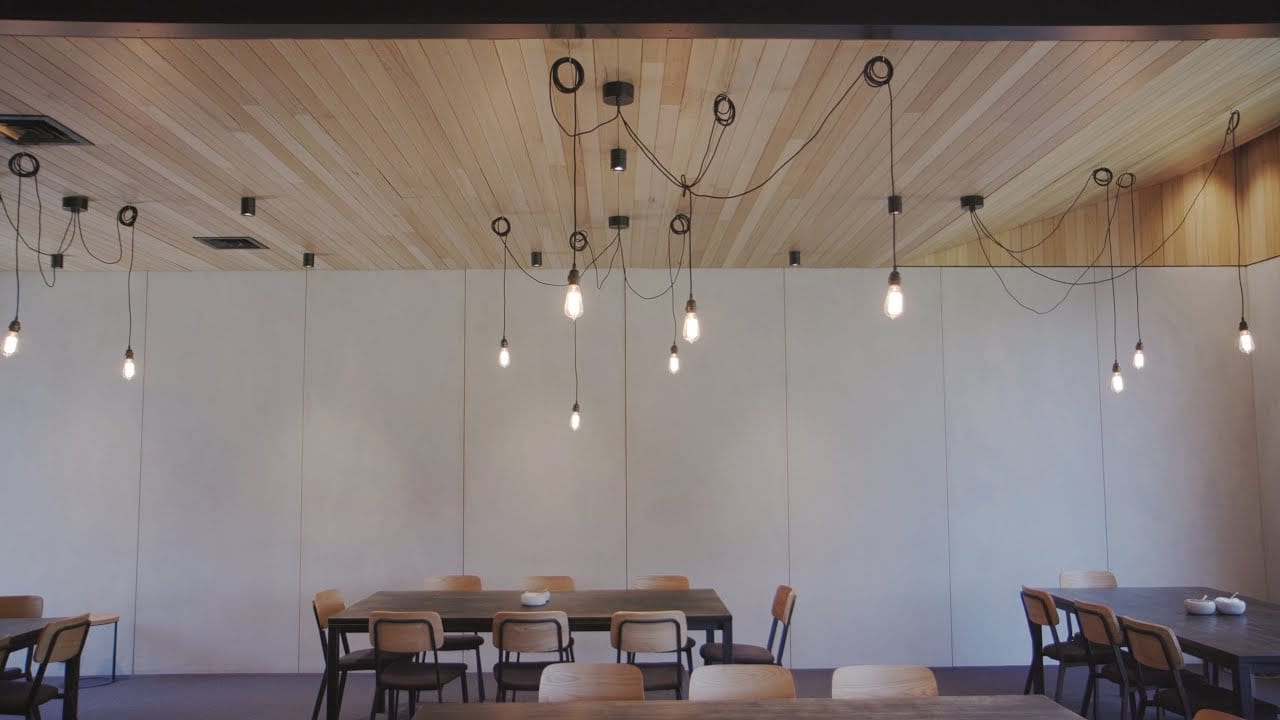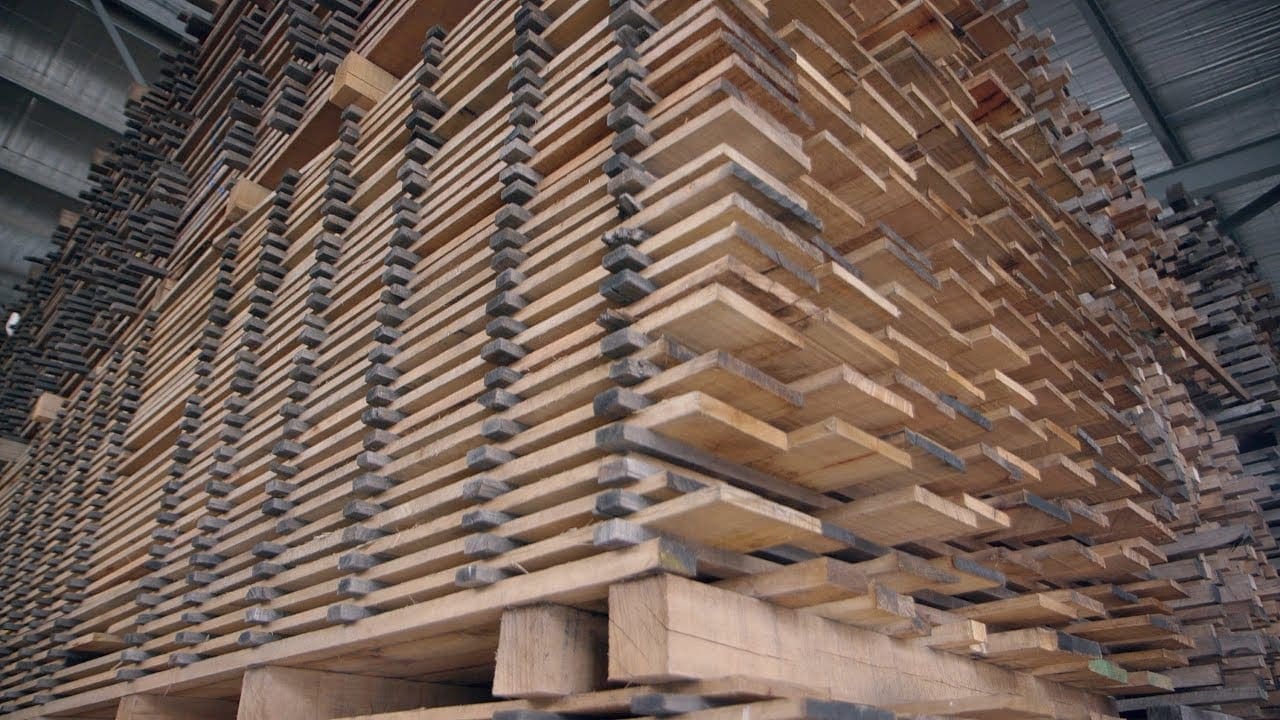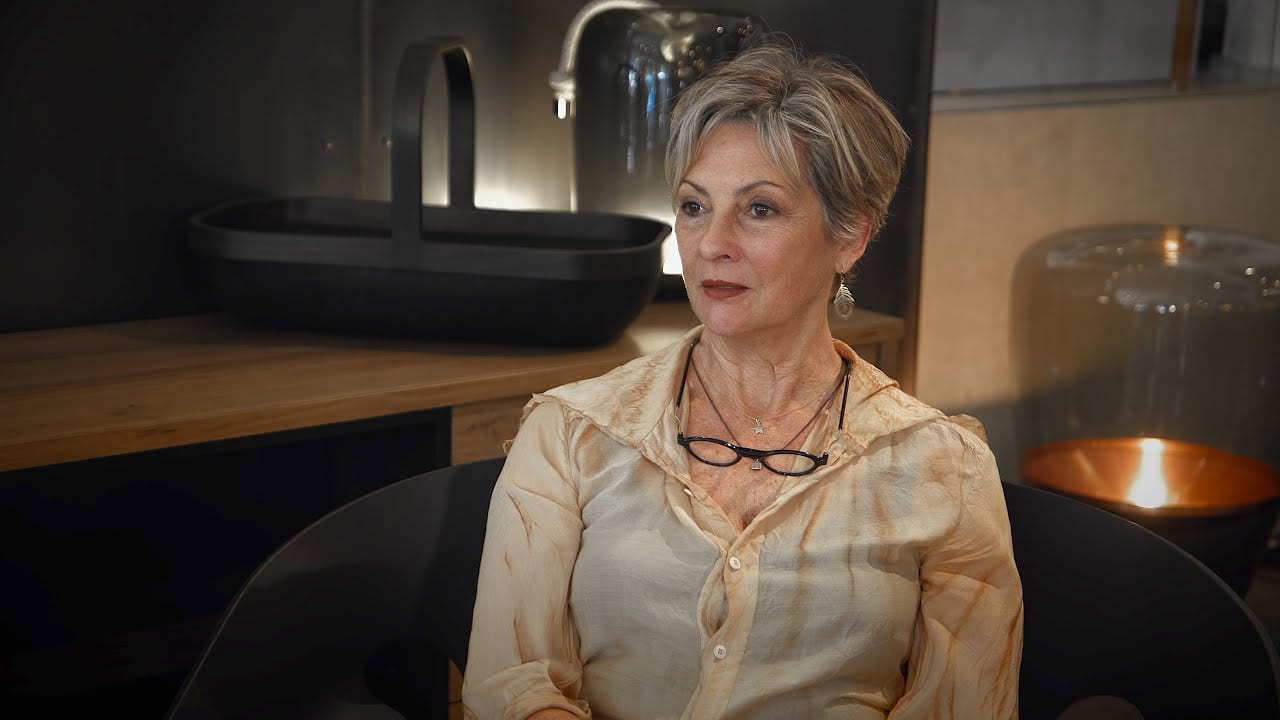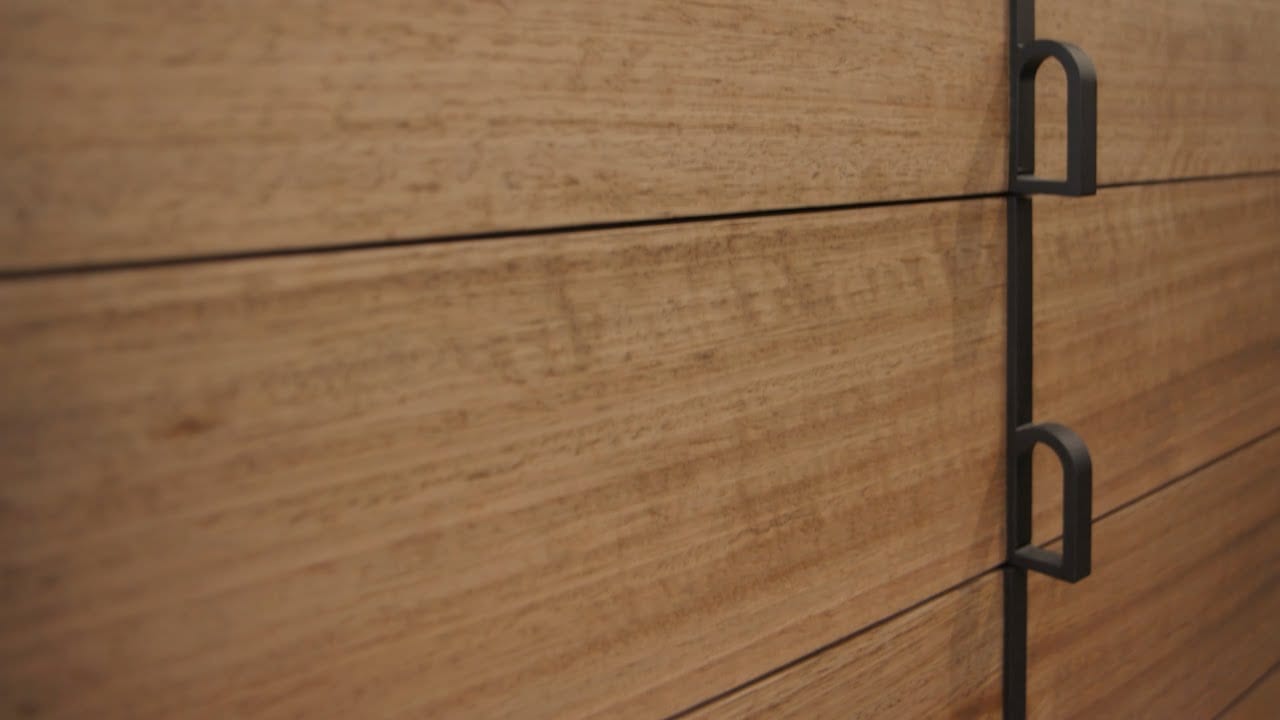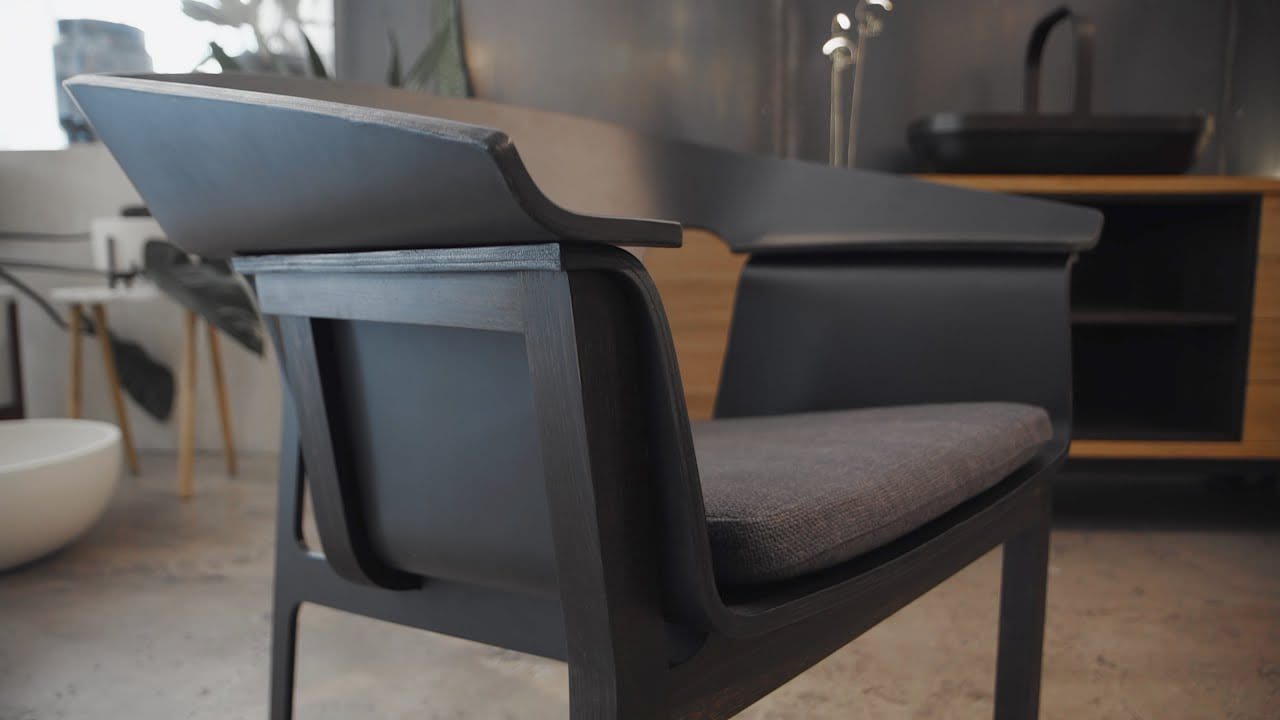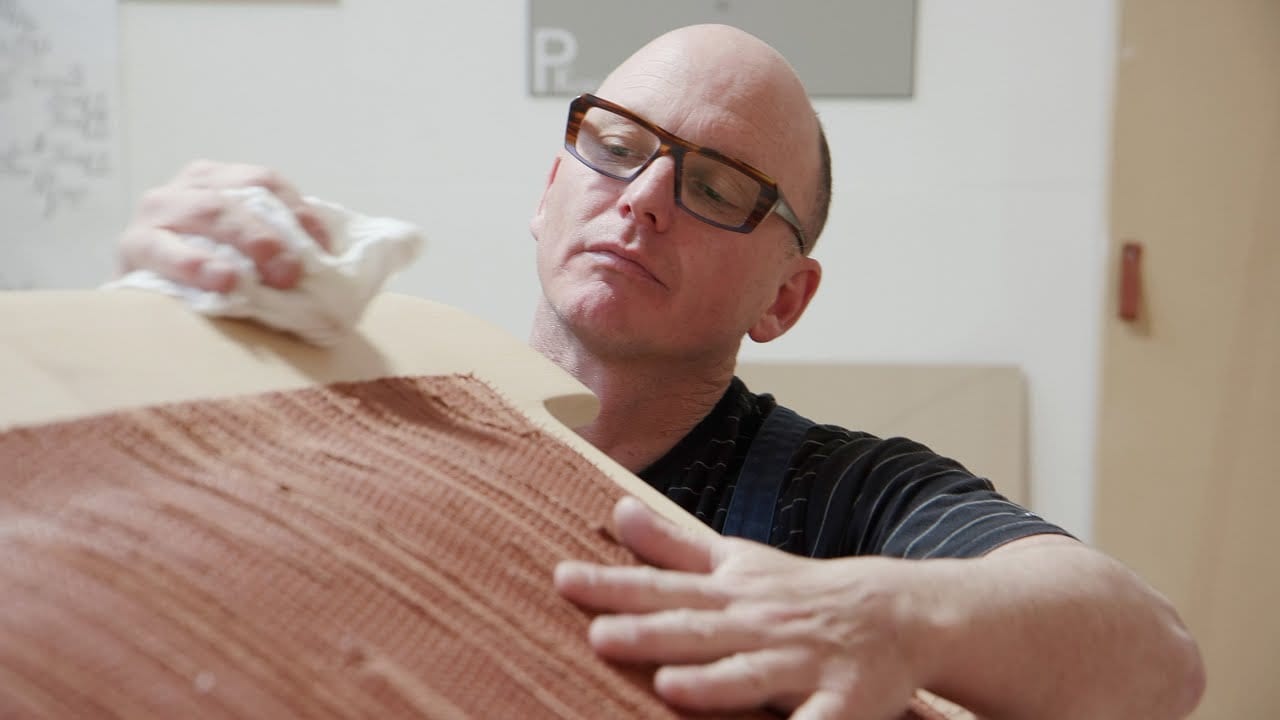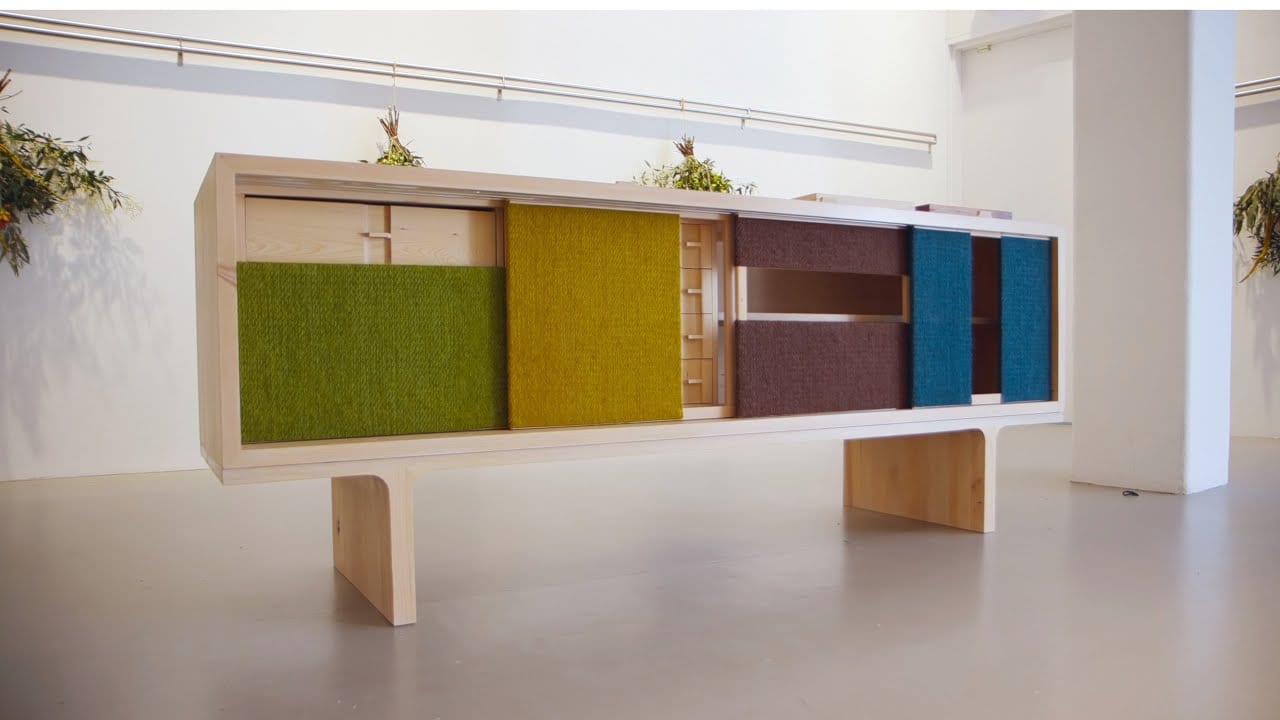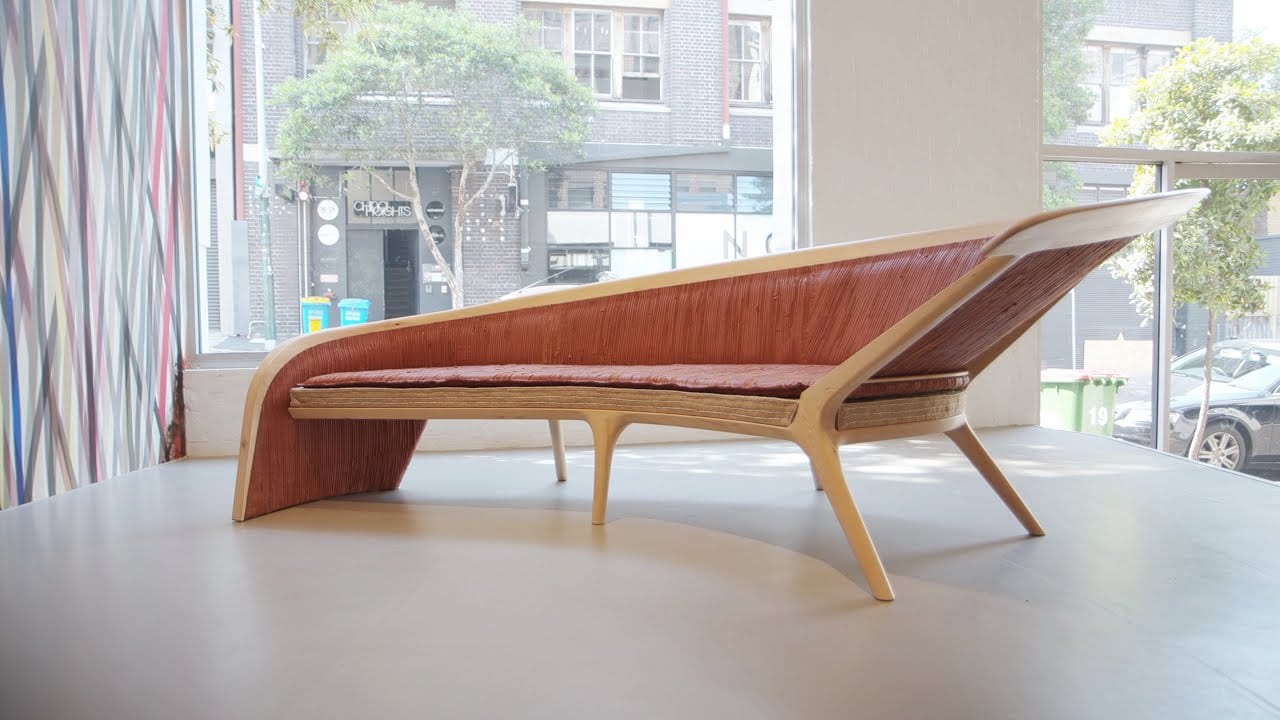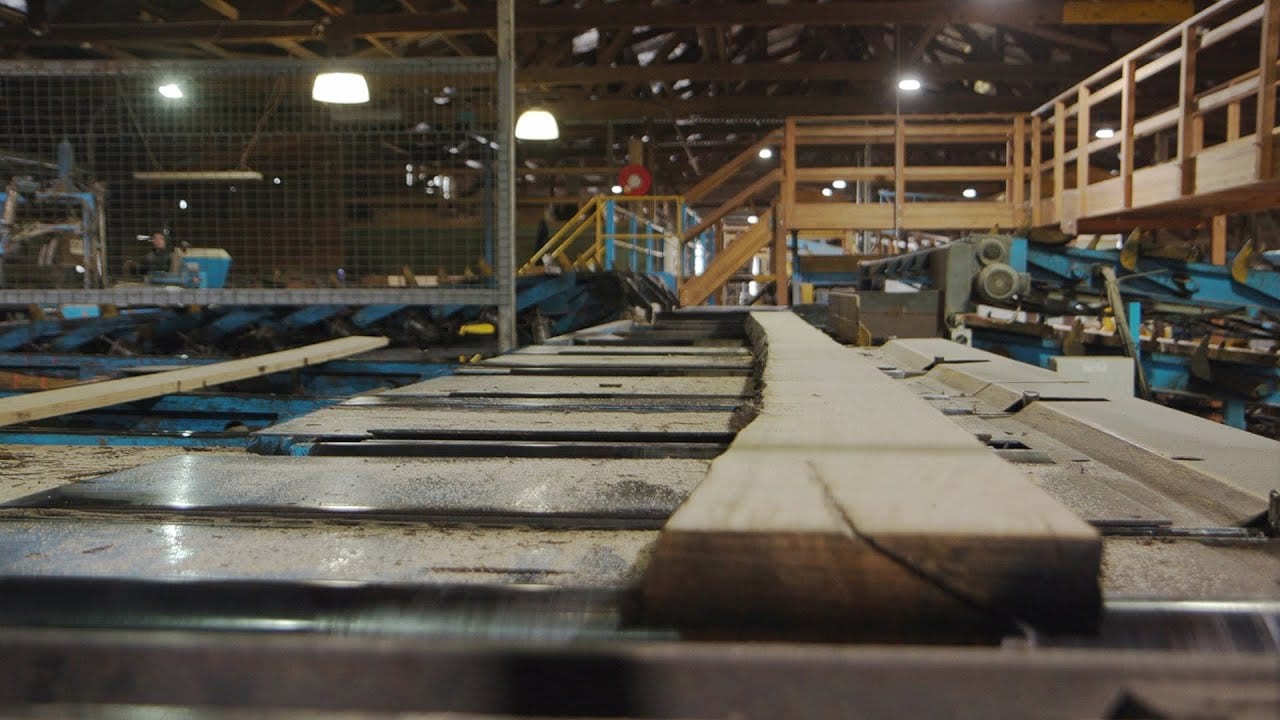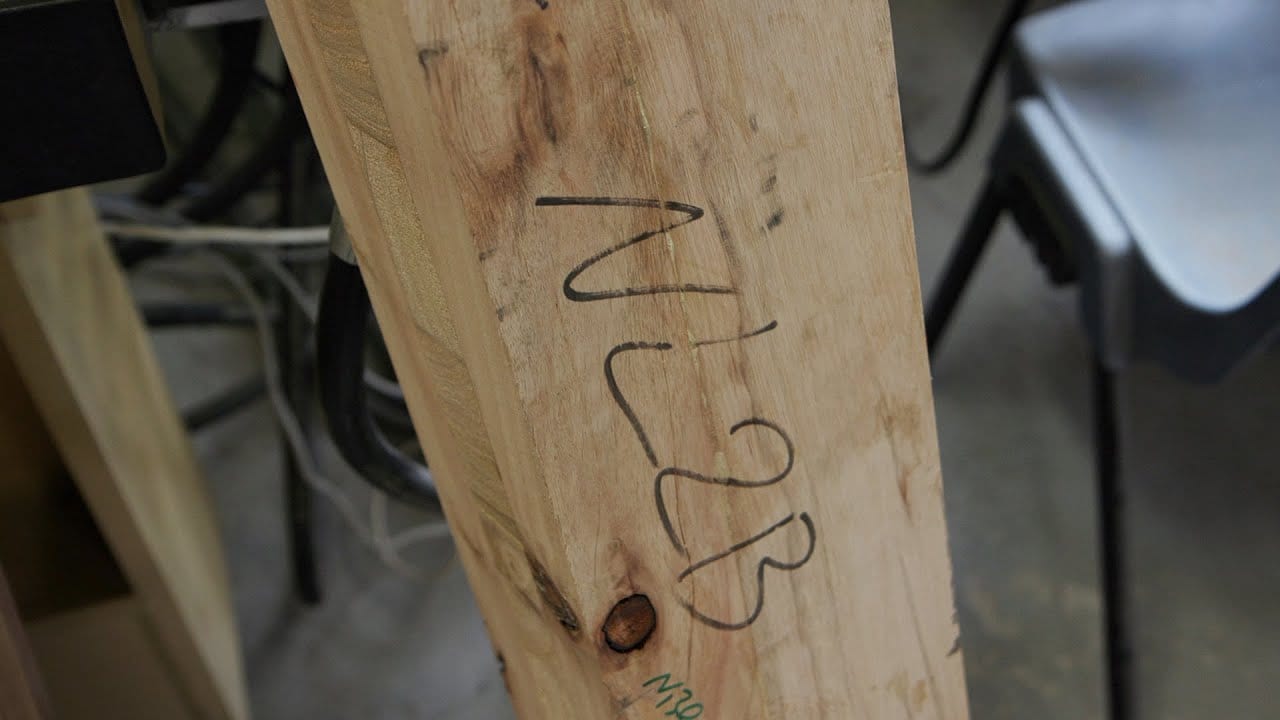Shawn Britton on his family’s legacy and what he wants people to know about Tasmanian Timber
They got hooked on Tasmanian Blackwood and the story started there…
For over 110 years the name Britton has been synonymous with timber and the North West Tasmanian community. The Britton brothers who arrived in the cold, wet blackwood swaps of Northern Tasmanian in 1907 could not have imagined that a century later their family would be leaders and innovators in the Australian forest industry. They couldn’t have comprehended that the business would be so vertically integrated to eliminate waste that the offcuts from the Britton Timber mill would be used as boiler fuel for the local McCains potato factory, the local pool and vast flower farms of the north west would use their sawdust to heat their greenhouses.
Today Britton Timbers distributes timber all over the world through their distribution centres in Tasmania, Melbourne, Sydney and Brisbane. Britton Timbers supply timber for applications including flooring, furniture, cabinetry, joinery, boating, decking including sports floors and cladding. Britton’s also have specialty products including Touchwood, a timber tongue and groove panelling product, which overlays Tasmanian Oak veneer onto a substrate.
Shawn Britton, Managing Director of Britton Timbers spoke on the Original Thinkers Podcast about his pioneering family, the beginning of sawmilling in Tasmania, Britton Timbers today and shared his thoughts on some of the biggest questions about the Tasmanian timber industry.
They forged an existence out of the Blackwood Swamp
“They carted equipment out into the middle of a forest with no roads, no tracks. It would have been wet, cold, very tough conditions and they forged an existence out of the Blackwood Swamp. They built their own tramways and a sawmill and started supplying timber particularly to the mainland. Melbourne, Sydney and Adelaide were going through big growth stages in that era and had an insatiable demand for timber, not much has changed 115 years later.”
Shawn says their product built the town, including the tramways, and the wharves at the ports, which were used by the sailing ships to get in and then get the sawn timber out. The sawmill moved from the Britton Swamp to its current location in Smithton in 1975, which became Britton’s main sawmill. Today that mill processes about 30 – 35,000 cubic meters of sawlogs annually. Britton’s also employs 100 people, some who have been with them for 40 years, as well as a whole host of contractors.
Shawn Britton is the fourth generation to be running this highly successful business which he says is a testament to the sustainability of the resource in Tasmania.
“Sustainability is very important. Our business relies on a natural product that grows in forests and without those forests being managed on a sustainable basis, we wouldn’t have a business. We wouldn’t be here now if the forest hadn’t been managed responsibly over generations to continue supply of Tasmanian Blackwood and Tasmanian Oak.”
One of the biggest misconceptions is that we’re involved in deforestation
When asked about the challenges in today’s Tasmanian forest industry, Shawn said misinformation is a constant battle.
“One of the biggest misconceptions is that we’re involved in deforestation in Tasmania. Native forestry in Tasmania operates on a very small footprint, compared to other industries, whether it be forestry or agriculture. Claims that those areas of native forest in Tasmania that have been harvested to supply mills like ourselves, are deforested are completely false. The forests are regenerated back to the same native forests that were there previously and those forests will carry on happily and grow for another 65, 70 years and be harvested again.”
Tasmania’s forests cover about 50% of the total area of the state, with private forests, that is forests on privately owned land, making up about 32% of the forest area.1 Sustainable Timber Tasmania (STT) manages 812,000 hectares of public production forests, in an area called the Permanent Timber Production Zone (PTPZ). In 2021/2022 Sustainable Timber Tasmania harvested 1% of the PTPZ. That was 6,000 hectares. STT actively regenerated 5,800 of previously harvested forest sowing 186 million seeds. The seeds sown are the seeds collected from the coupe where the trees were previously harvested, and surrounding area.
Security of Supply
Another misconception is that Tasmanian Oak is not currently available. There is a concern that the closure of the native forest industry in Victoria has effected Tasmanian supply. Shawn says that is not the case.
“There is supply security of Tasmanian Oak and that will continue for some years. There will be a reduction in the yield out of Tasmania in years to come (due to forest age class), however, we’re in a fortunate position that it was recognised a long time ago in Tasmania that the native volumes would (would need to be supplemented) and plantations were put in the ground.”
Plantations make up 9% of Tasmania’s land mass, 302,000 hectares. These are made up of 25% softwood and 75% hardwood species.2 A plantation sawlog has a turn around of about 26 years. 100% of what is harvested is regenerated, which ensures the longevity of the resource.3
The Chain of Traceability
Shawn explained on the podcast the importance of chain of custody. Each piece of timber can be traced from coupe to end product:
“It’s possible for us to say to a customer, that pack of timber that you’re using on this hotel project, was cut in our sawmill on the 10th of July last year and it came from this bunch of logs that came from this particular coupe or these three logging coupes. And here’s the Forest Practices Plan for those logging coupes to show that full chain of traceability.”
Forest Practices Plans are managed by the Forest Practices Authority (FPA). The FPA manages the Tasmanian Forest Practices System on both public and private land and operates independently to regulate all activity defined as ‘forest practices’. These include establishing forests, growing and harvesting, clearing and converting native vegetation, as well as the protection of biodiversity. Forest Practices Officers certify and supervise Forest Practices Plans to ensure they comply with the forest practices code. In other words, the industry is tightly regulated.
If Tasmania’s native forest industry closed where would Australia get it’s timber?
If Tasmania followed Victoria’s path and closed the native forest industry, what would fill the gap? Shawn says Australians would still be using native forests, just cut and transported from the other side of the world.
“If we look at the size of the industry in Tasmania, it is very small, but it still produces somewhere in the order of three thousand 20 foot containers of timber a year. That’s what gets utilised in Tasmania. The majority of the rest of it is utilized for high value markets around the country. If Tasmania stopped production 3, 000 additional containers of timber would need to come in from overseas to replace what’s coming out of Tasmania, or we transition to more plastic based products.”
The Australian government’s forest and wood products statistics listed the total value of imported wood products into Australia in 2022/2023 at $6.9 billion.4
Seeing is understanding
Shawn says that often builders, joiners and architects like to come and see where their timber comes from, and they are welcome to see the Britton plantations and the sawmill and understand the process.
“They like to understand. They like to come to Tasmania, have a look at our processes to see how we create the timber and timber products for them. They can then also understand the supply chain and understand the sustainability of what we have and how it all works. And then they pass that on to their customers as well. It’s a pretty good news story.”
To hear more from this conversation with Shawn Britton, listen to the episode from the Original Thinkers Podcast.
- Privates Forests Tasmania Annual Report 2022-2023
- Tasmanian Forestry Myth Busters
- A truly renewable resource: Tasmanian Timber’s sustainability journey
- ABARES: Australian forest and wood products statistics
